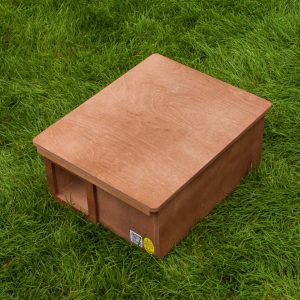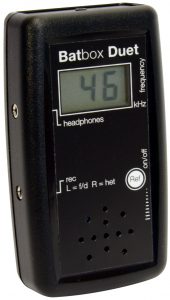The BirdMic is a compact, directional parabolic microphone. Intended for bird calls, BirdMic allows users to listen, record and identify species on their smartphone in real time with the help of a bird identification app, such as Merlin Bird ID. It is self-powered, easy to use, and requires no previous experience to get started.
BirdMic Kit Includes:
- Parabolic dish (25cm diameter)
- Omnidirectional microphone
- Audio interface (to connect your smartphone, camera or field recorder)
- Headphones
- Hand grip
- Windshield
- Flash shoe adapter
- Various cables and adapters for smart phone connection
- Extension tube to attach field recorder
- Carrying bag
Ideal for the capture of bird song, BirdMic features a high sensitivity (-24dB), low noise (S/N 80dB) omnidirectional microphone to provide crisp recordings with excellent clarity. It is most suited to sounds above 1,500Hz, making it ideal for bird song.
The parabolic dish is made from durable ABS material and amplifies sound through collecting and focussing sound waves – waves bounce from the inner face of the dish and are directed onto the microphone at the centre, isolated and amplified and transmitted to a digital recording device.
Attaching directly to the parabolic dish, the audio interface allows the connection of a smartphone which can also be mounted via the included brackets. Once connected, simply open an automatic ID app, like Merlin, to record birds in real-time. Headphones can also be connected for live monitoring.
BirdMic in the field
Tom took BirdMic along the banks of the River Dart to test the performance of the microphone and see how it compares to using just a smartphone.
We simply set up the Birdmic, plugged in a smartphone and turned on the audio interface. With an overall diameter of 25cm and a weight of 1kg, the whole set up was extremely easy to transport.
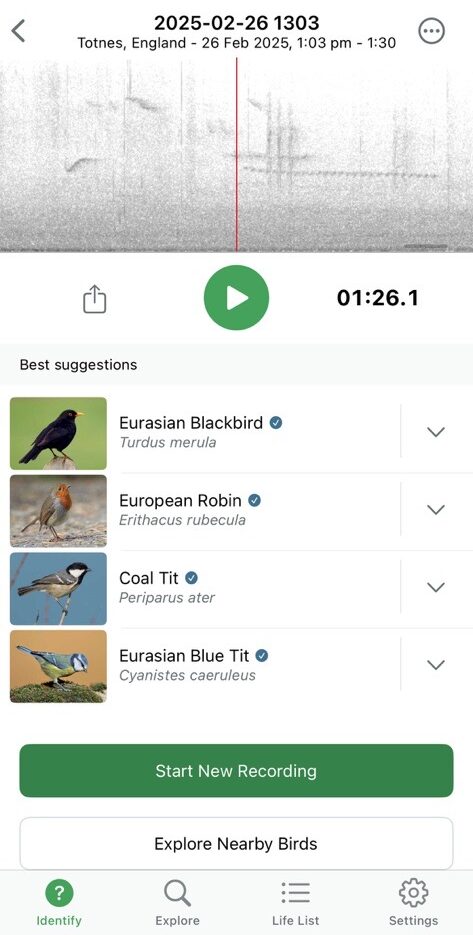
Our thoughts
We were really impressed with the BirdMic! It was very simple to assemble and use, and worked well to isolate and amplify bird sound in different conditions.
At just 1kg, it is very lightweight – the overall design makes this parabolic easy to walk around with, and its handy size and weight minimises arm strain when holding the microphone. The highly sensitive microphone worked well and was able to pick up bird song from a much greater distance than a smartphone. The directional microphone makes it ideal for homing in on a particular song, and allows the user to pinpoint the birds location. This also helps to eliminate any underlying noise in the background of the recording – for instance, water flow, wind or traffic noise.
We feel the Birdmic offers great value and is very easy to use. It is an entry-level parabolic that is ideal for a keen birdwatcher, or birding and naturalist groups looking to capture, listen to or record bird sound. As a lightweight, sturdy recorder, there is also significant potential for educational purposes, and it could be utilised in outdoor education clubs and classes to encourage an interest in nature by younger generations.
Find the BirdMic available exclusively on the NHBS website here. Our full range of sound recorders can be found here.
If you have any questions about our range or would like some advice on the right product for you then please contact us via email at customer.services@nhbs.com or phone on 01803 865913.

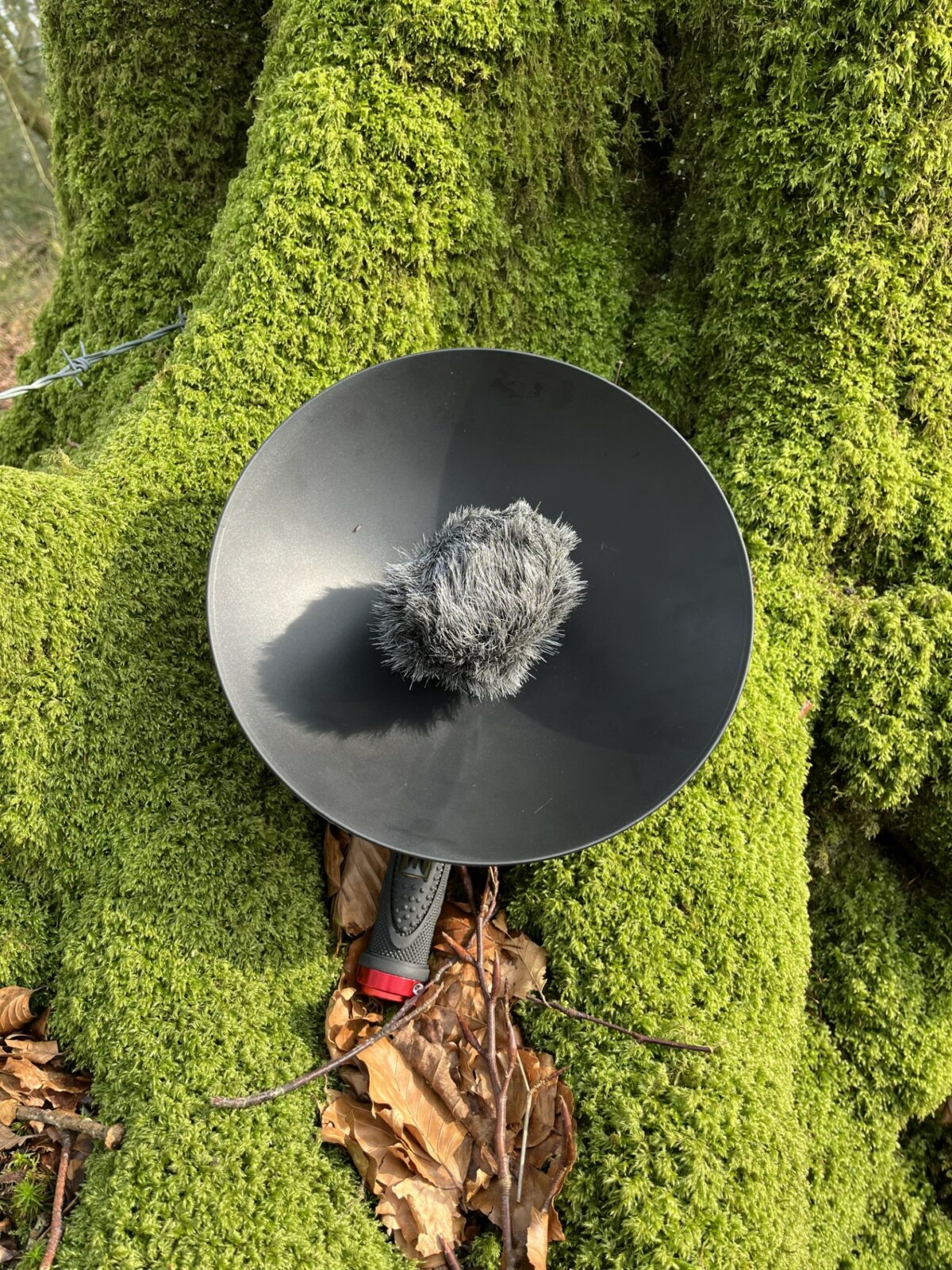
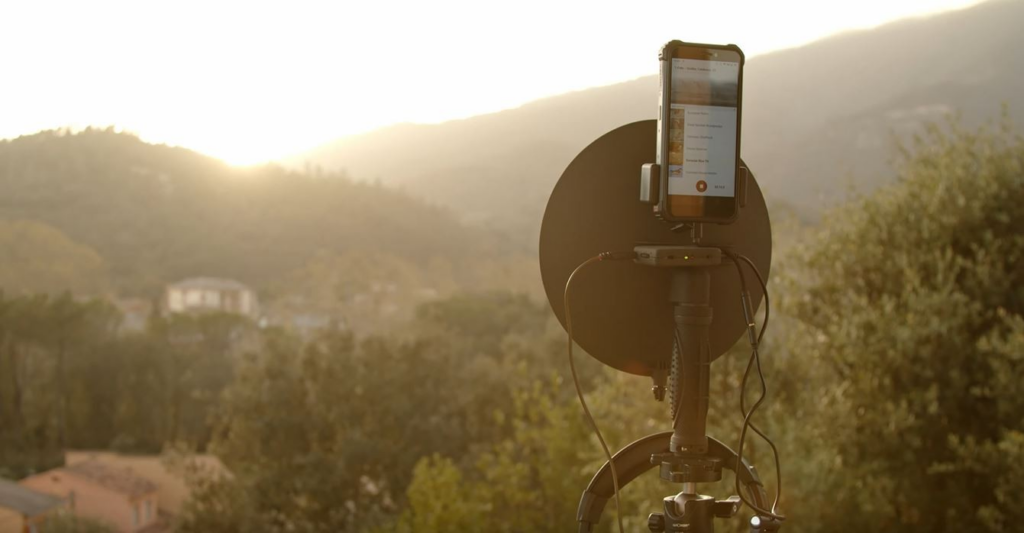
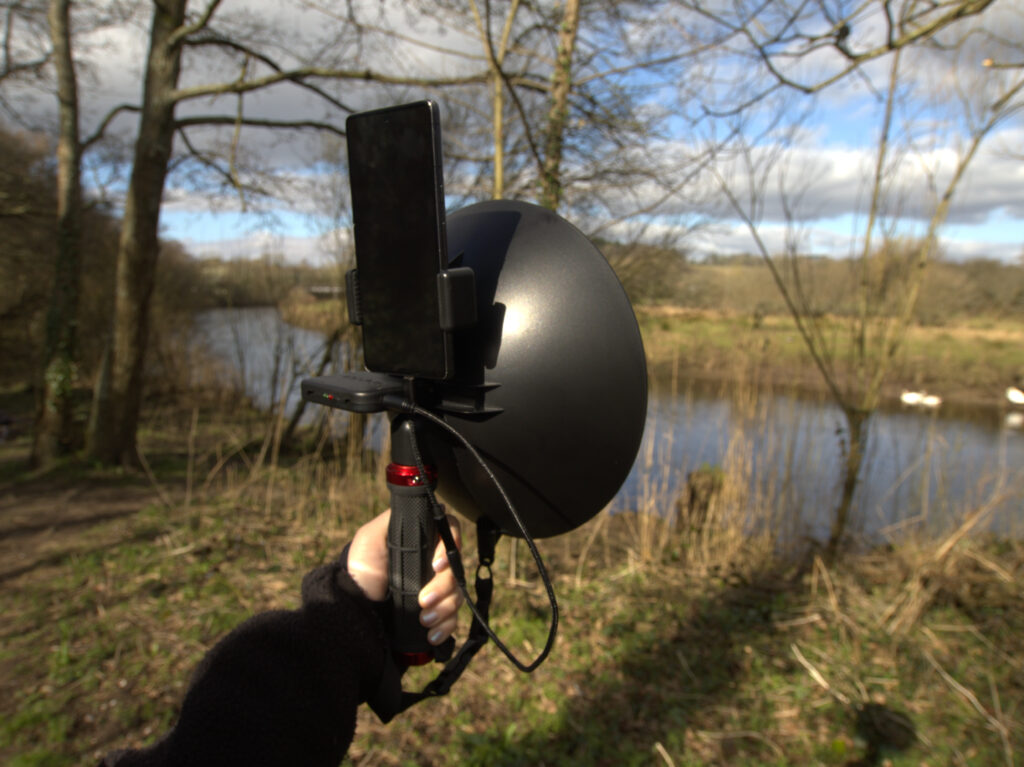
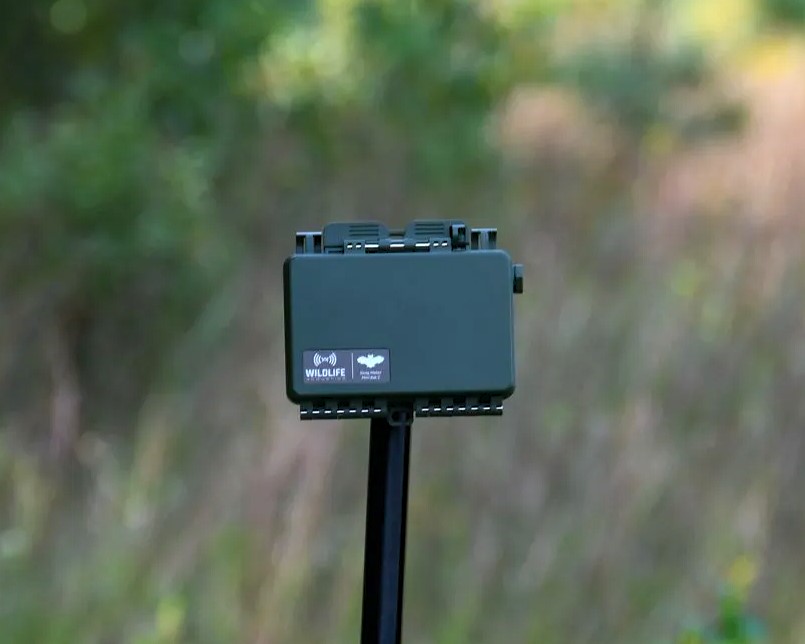
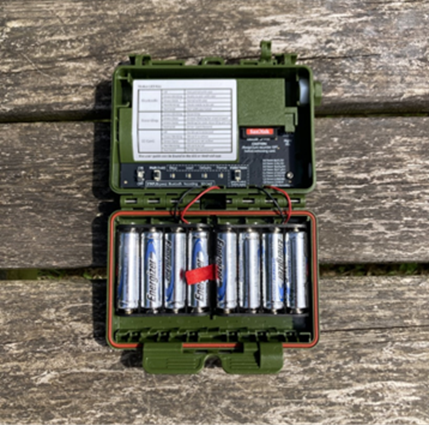
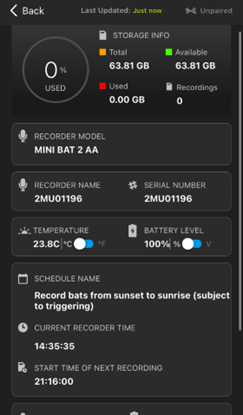
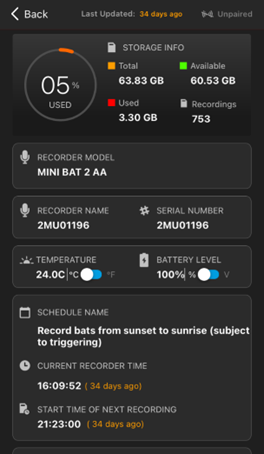
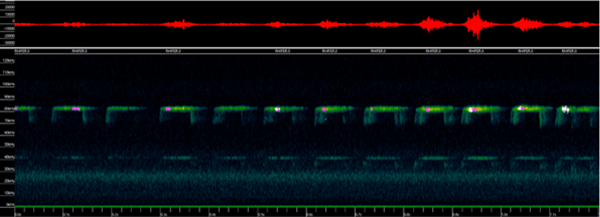
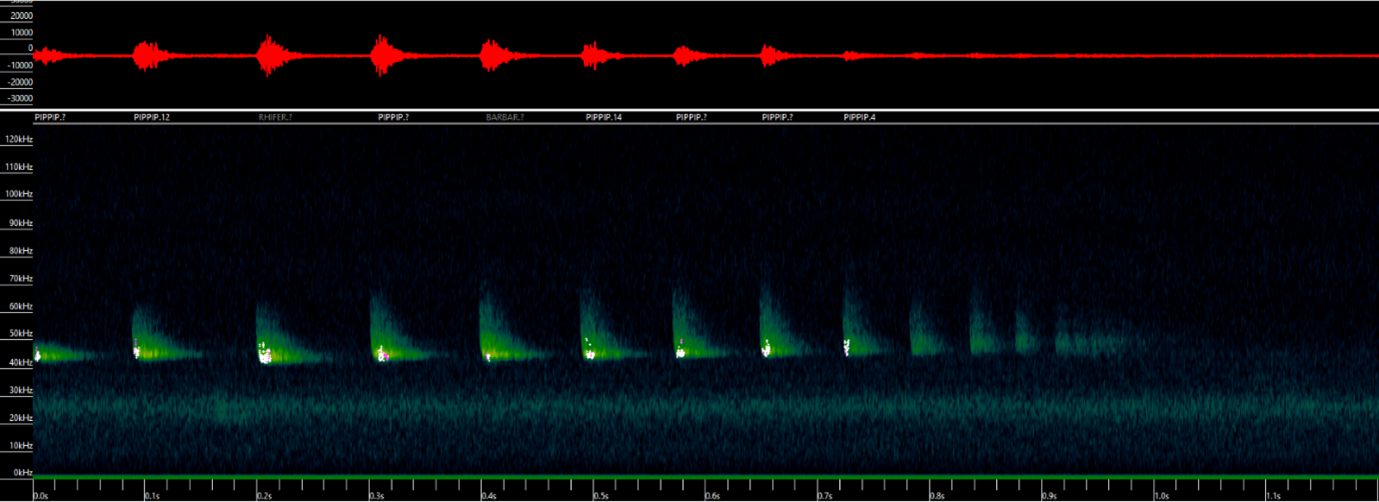
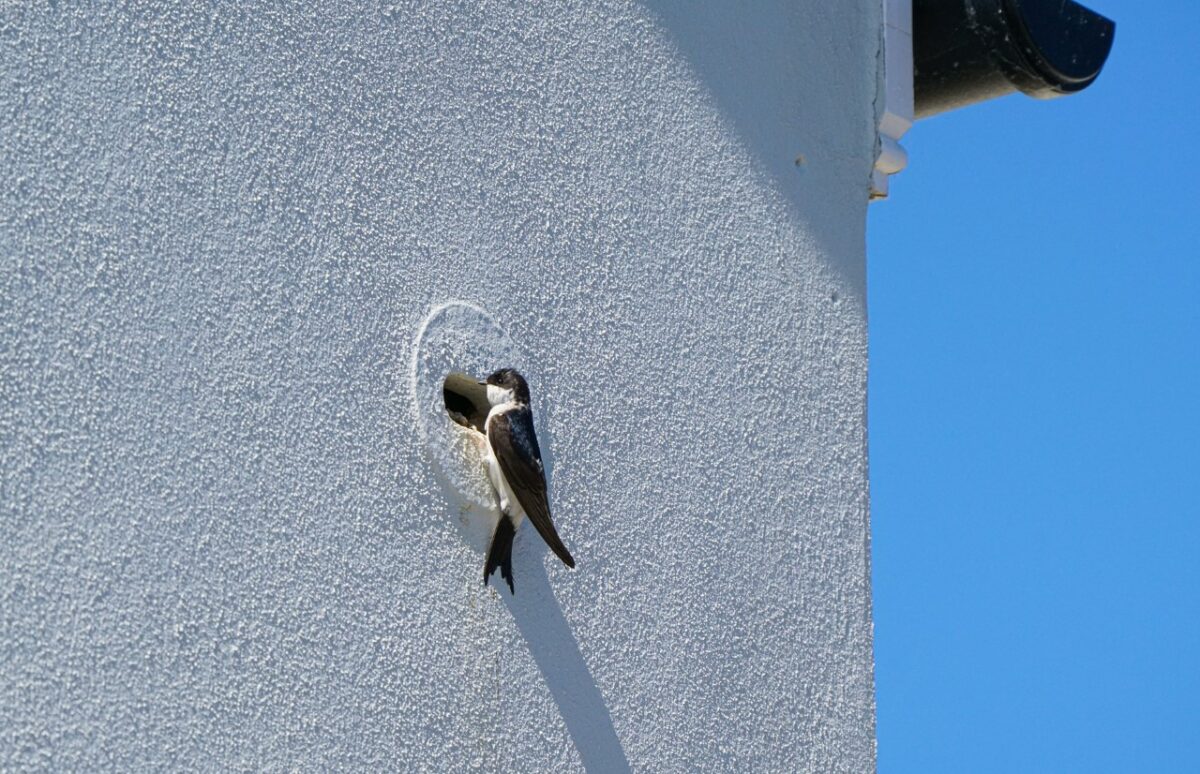
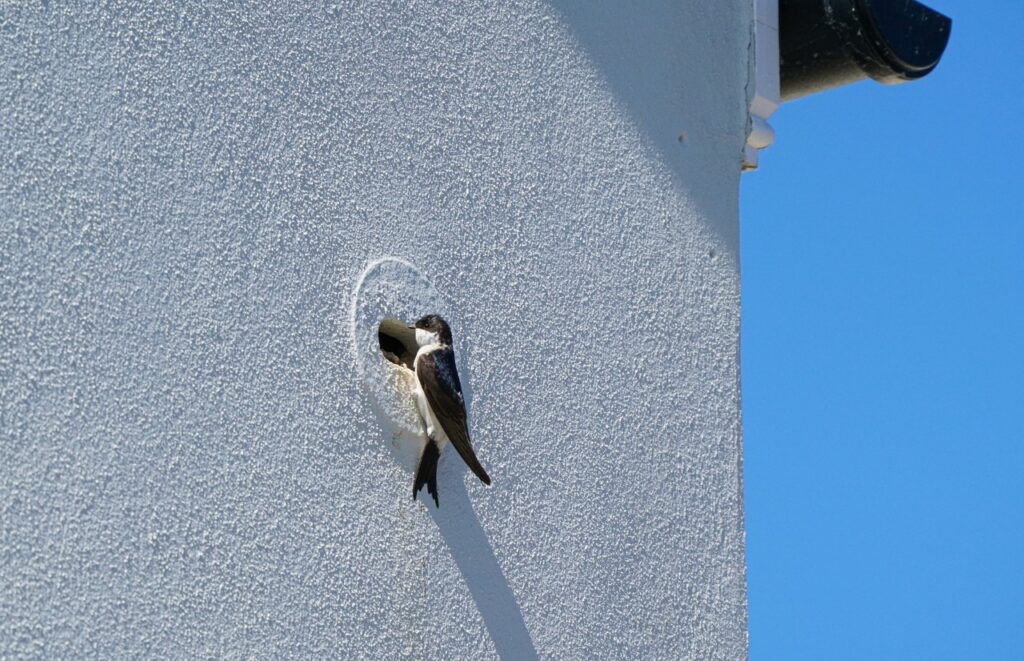
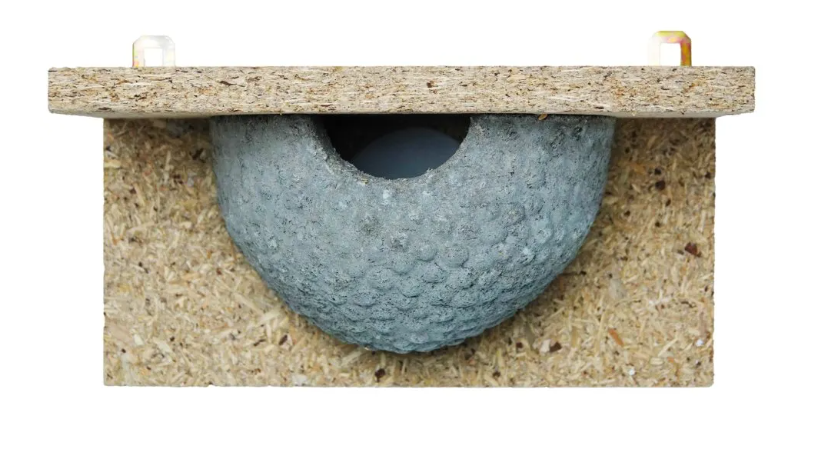
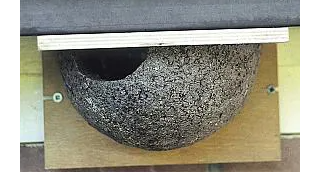
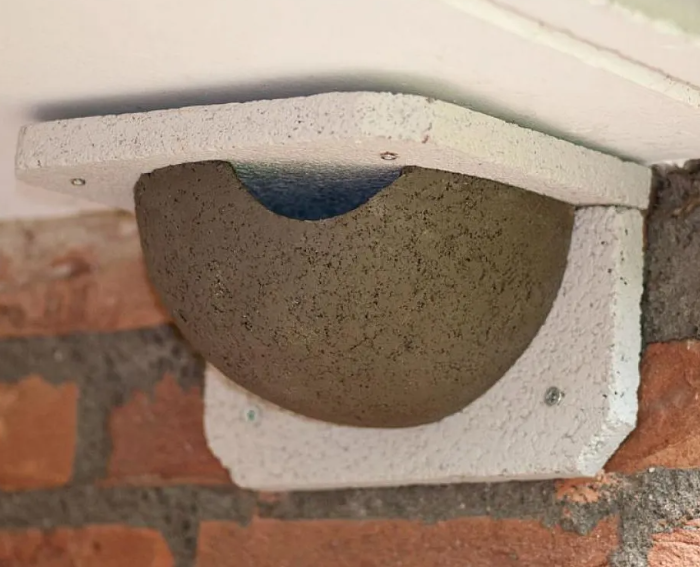
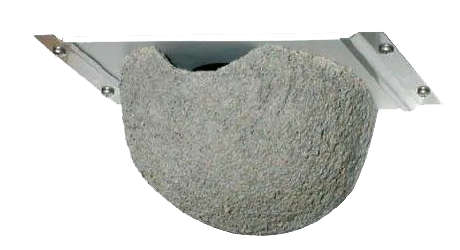
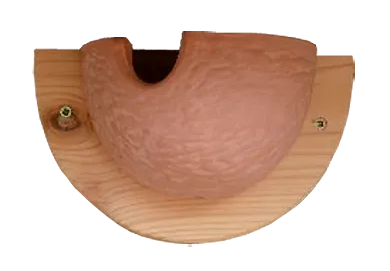
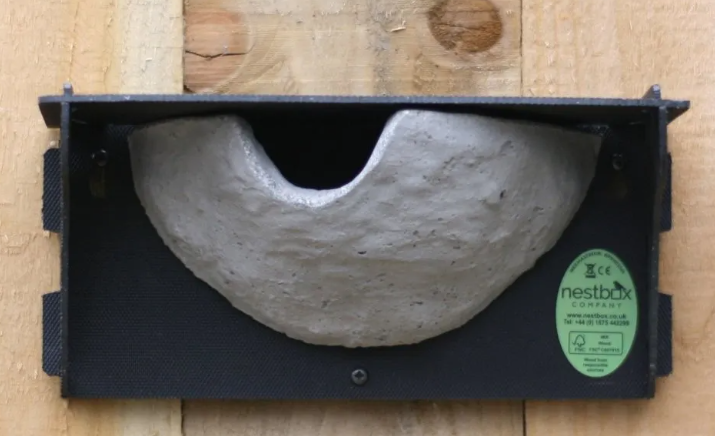
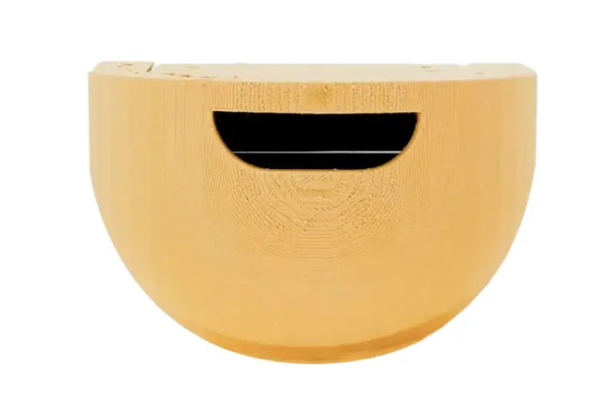
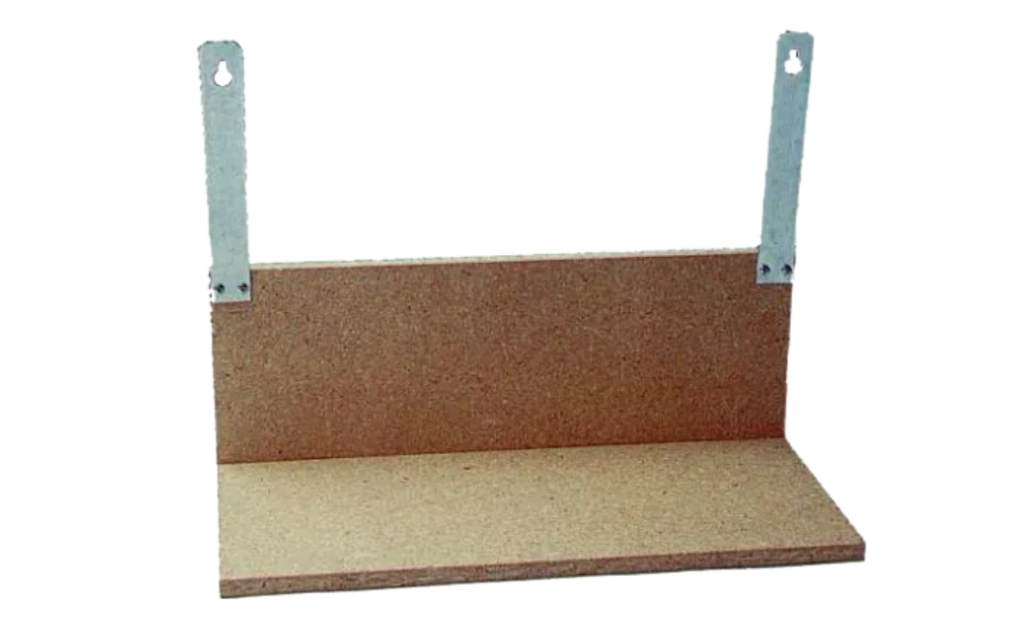
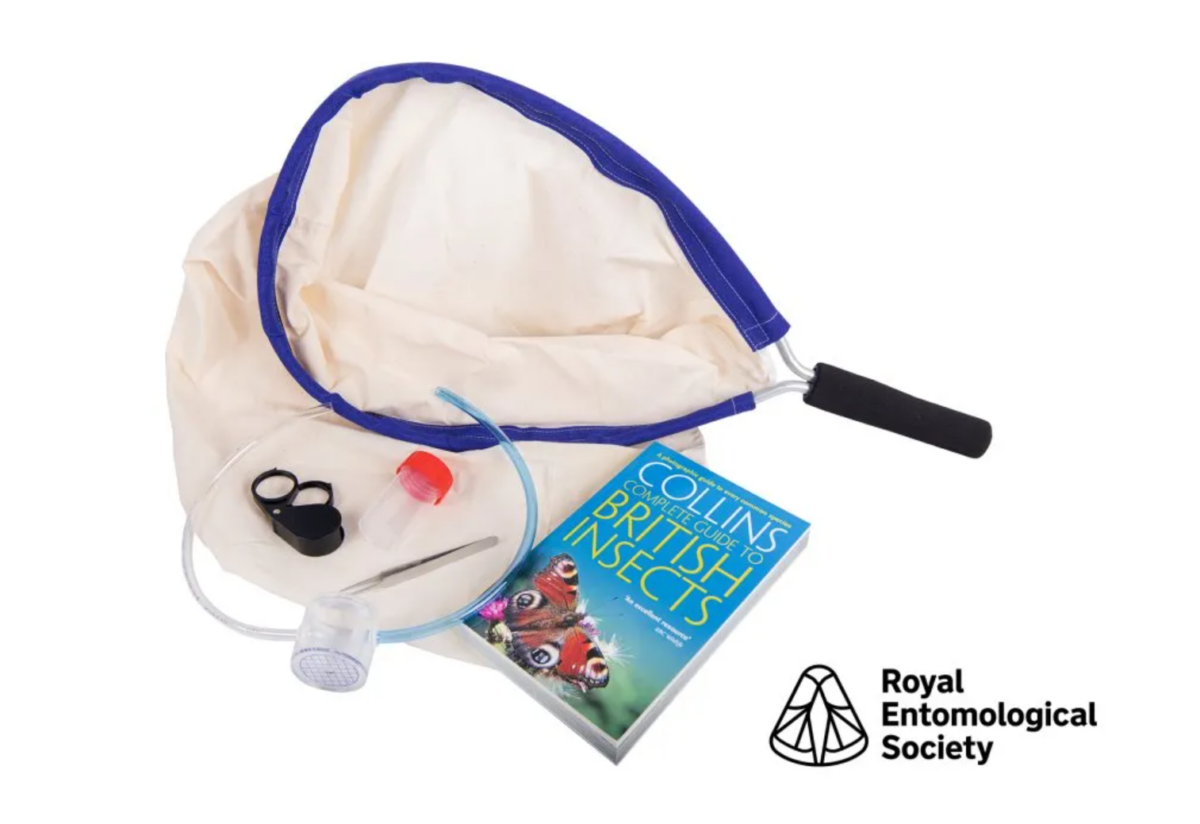
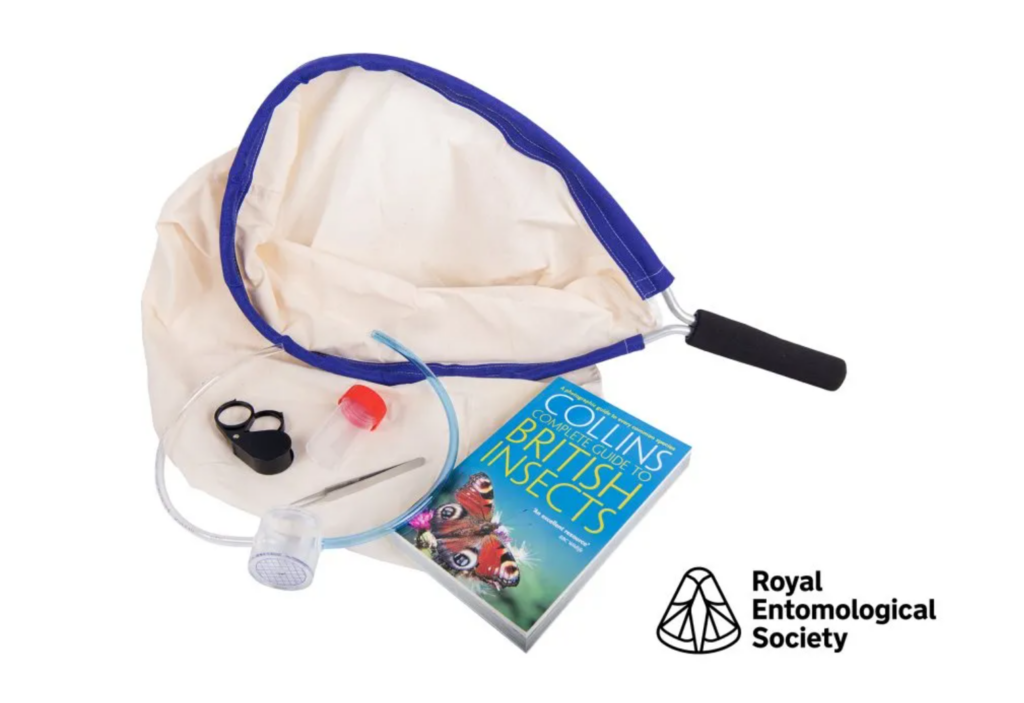
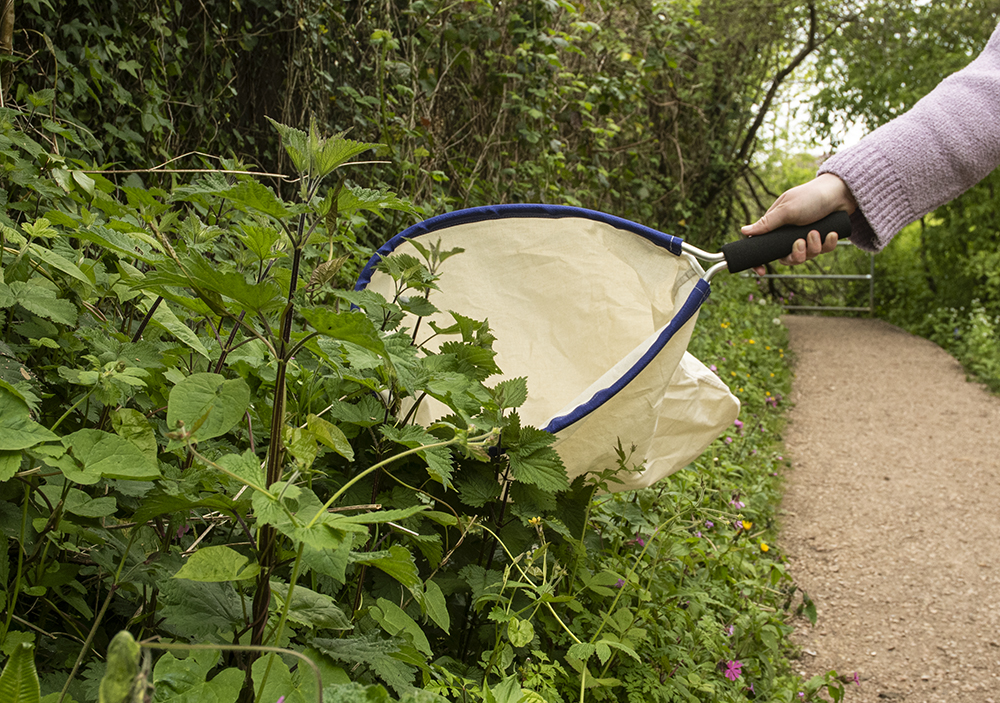
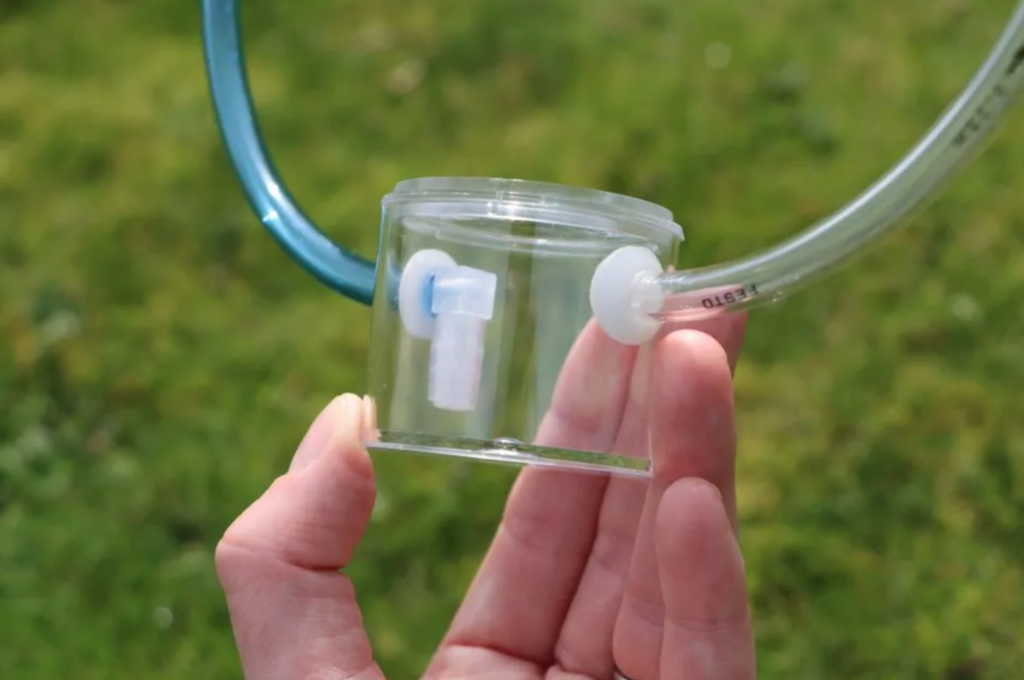
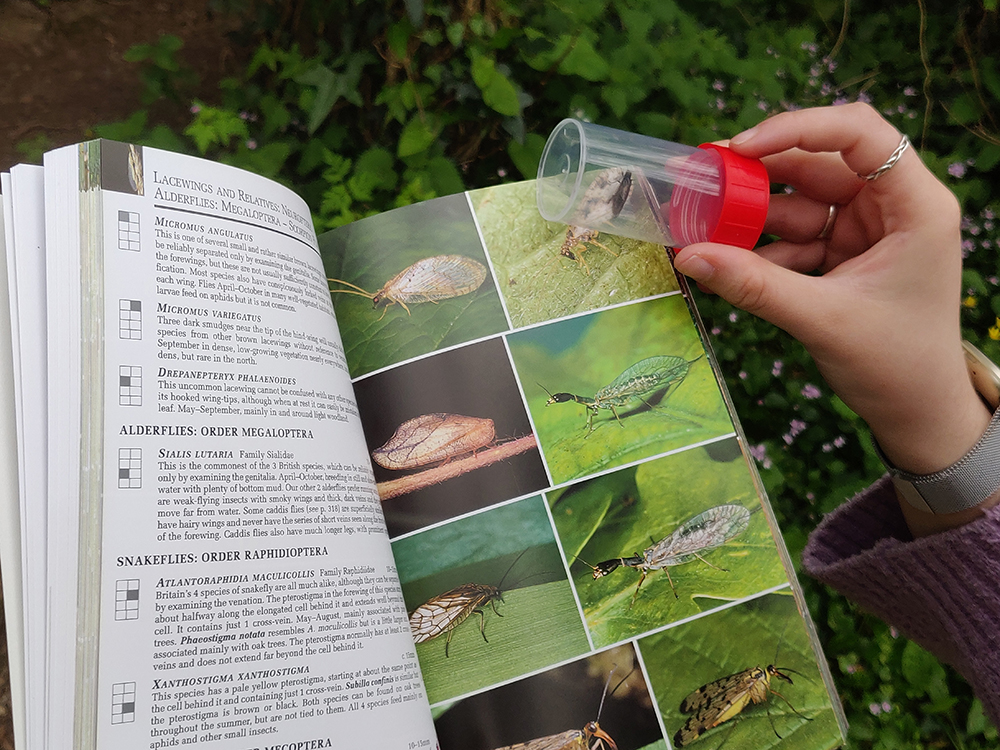
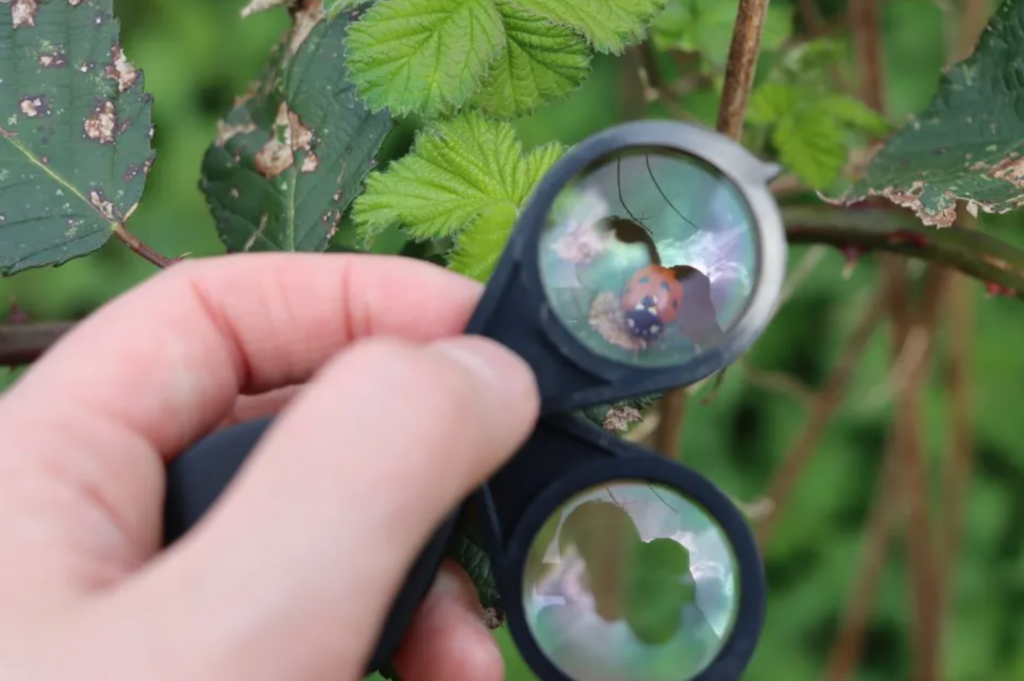
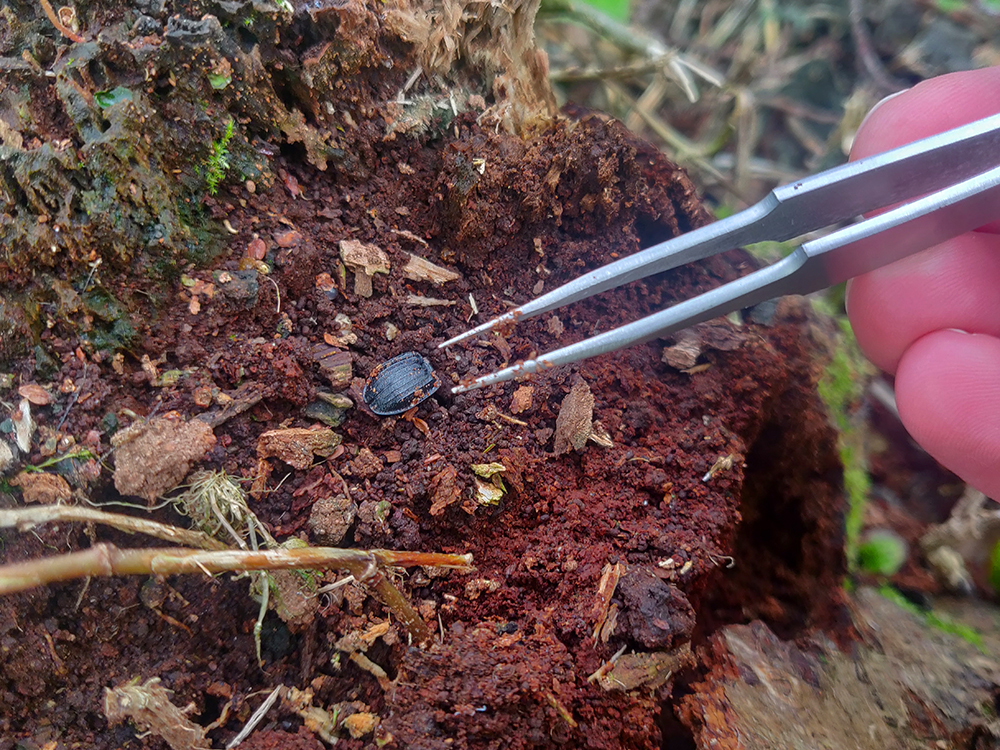
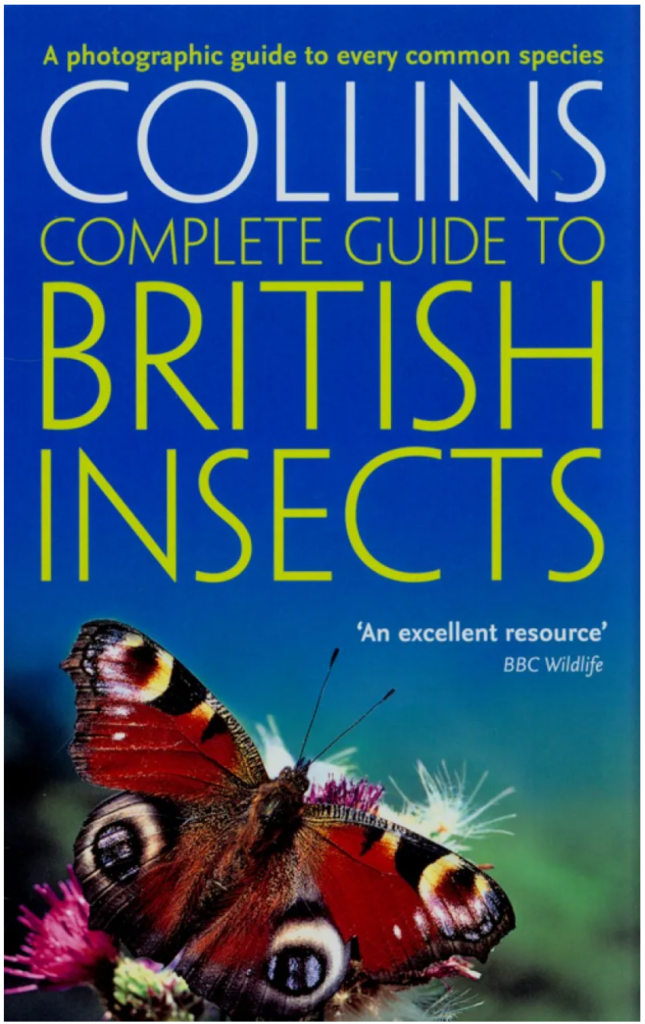
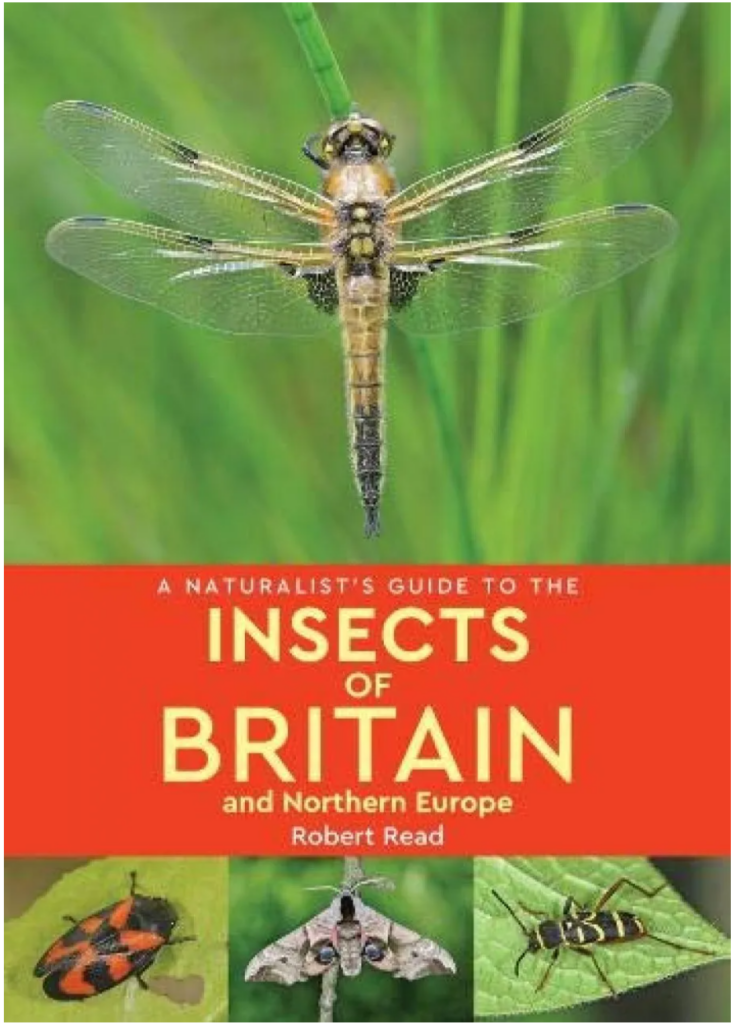
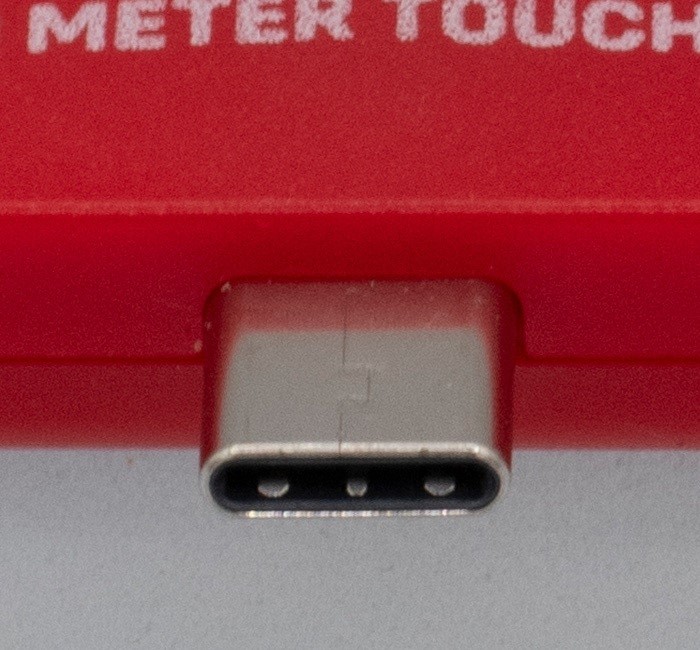
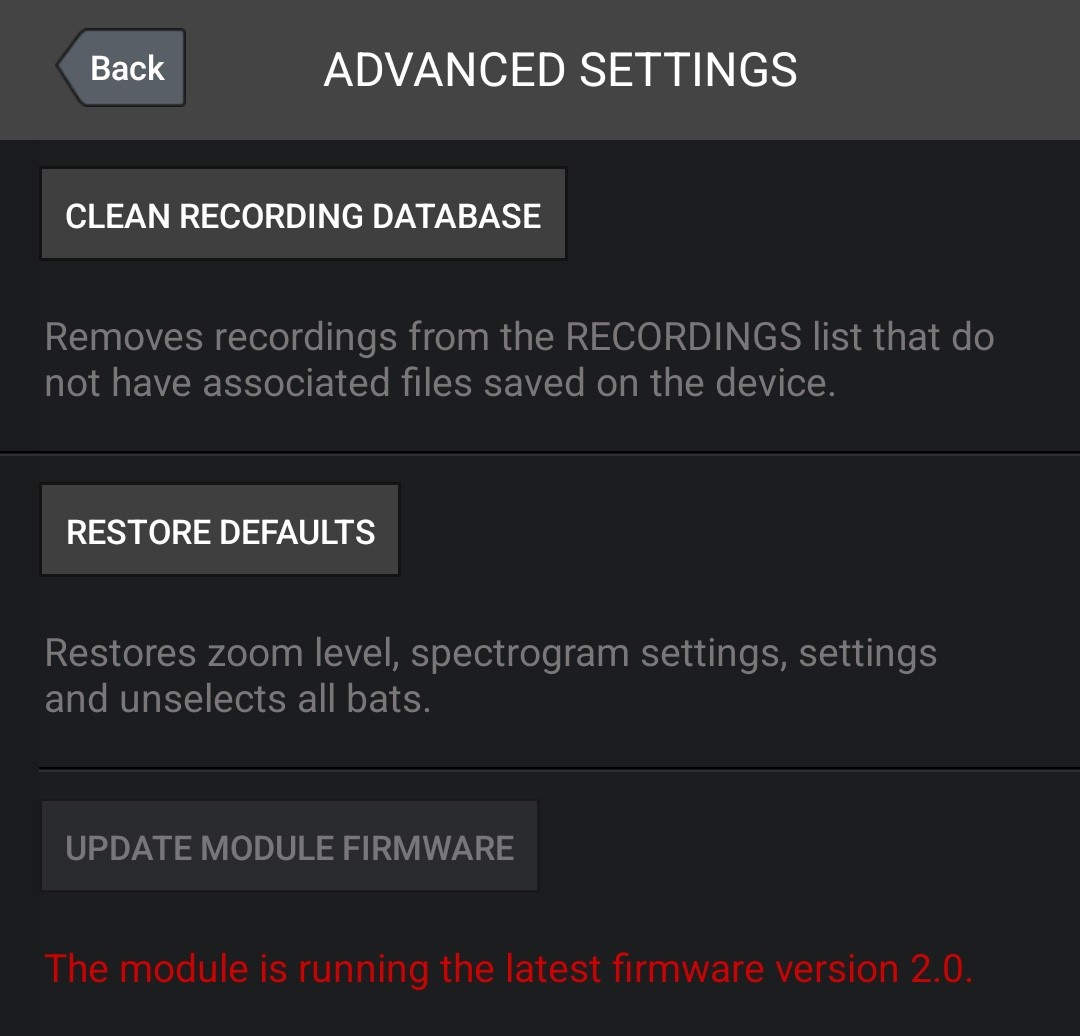
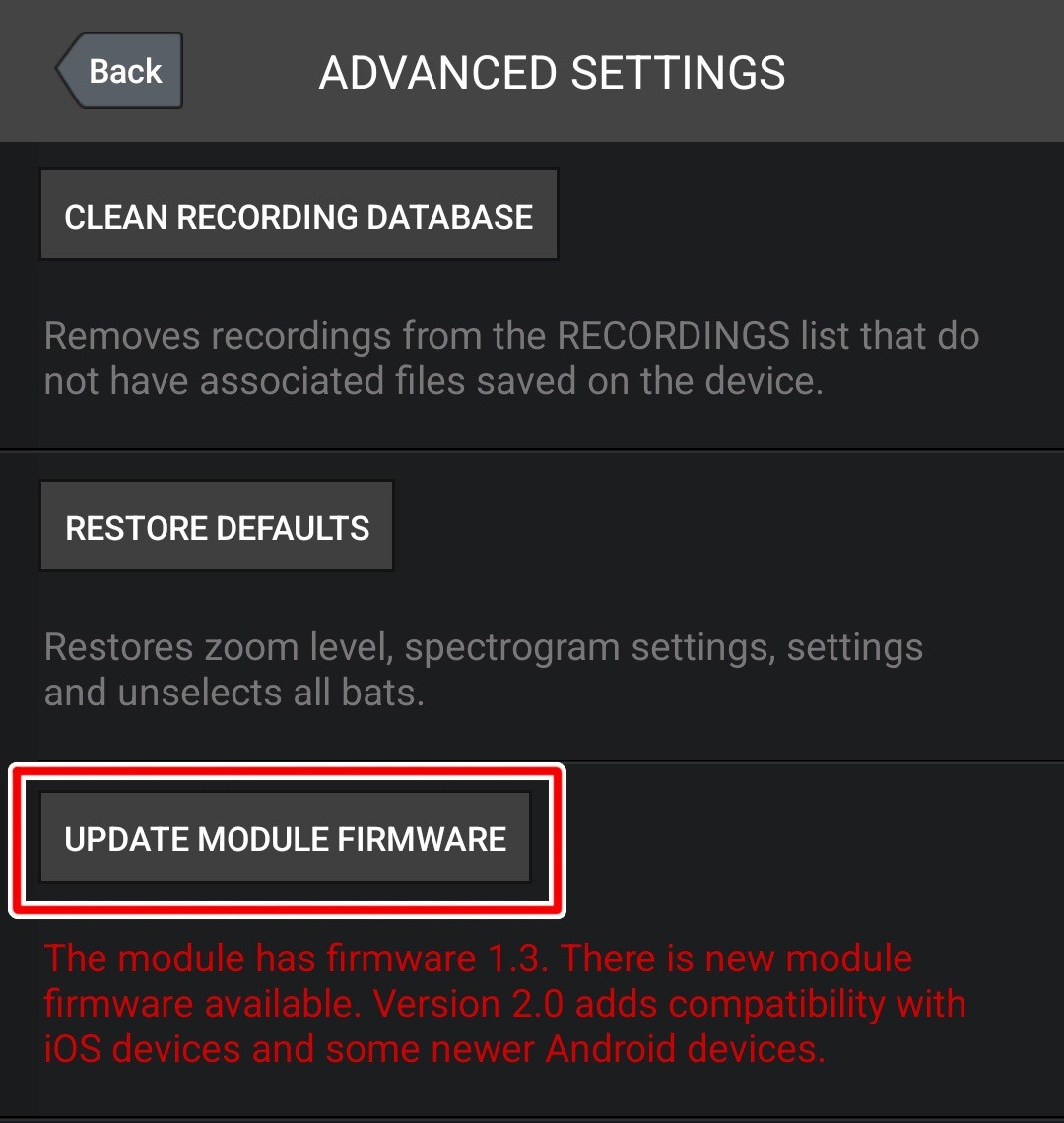
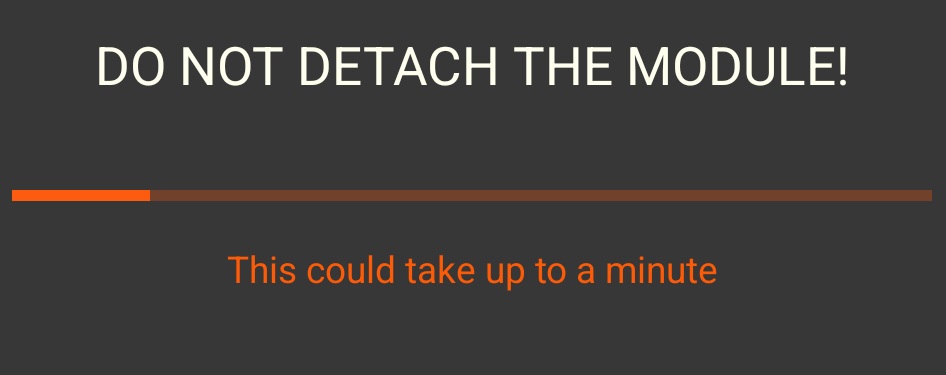
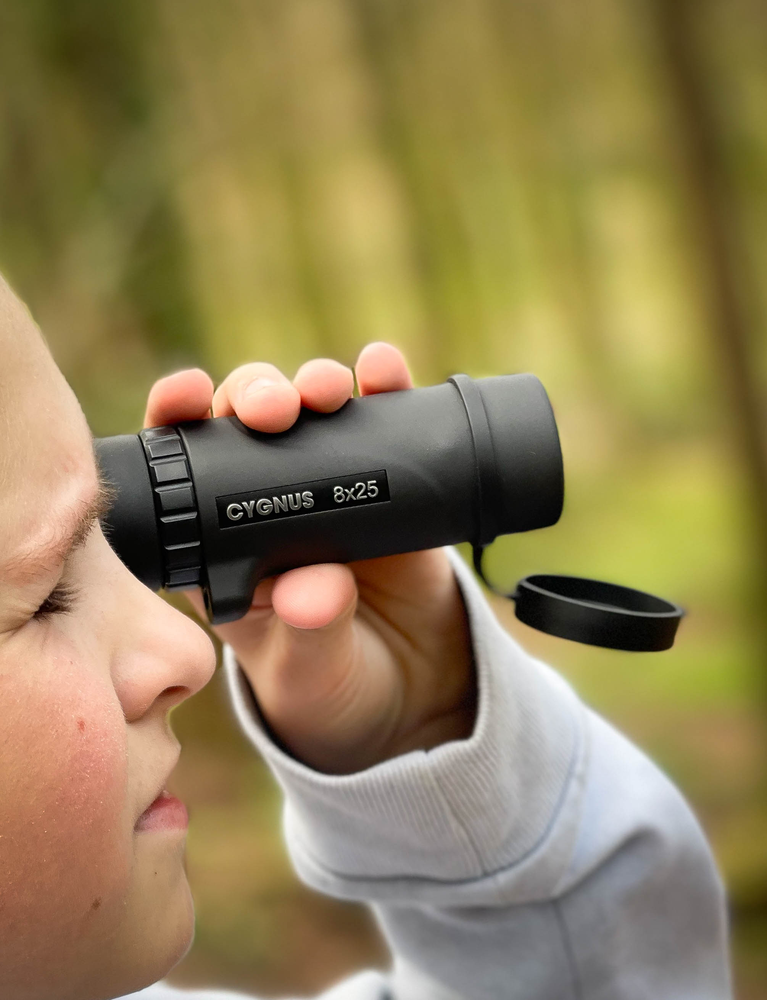
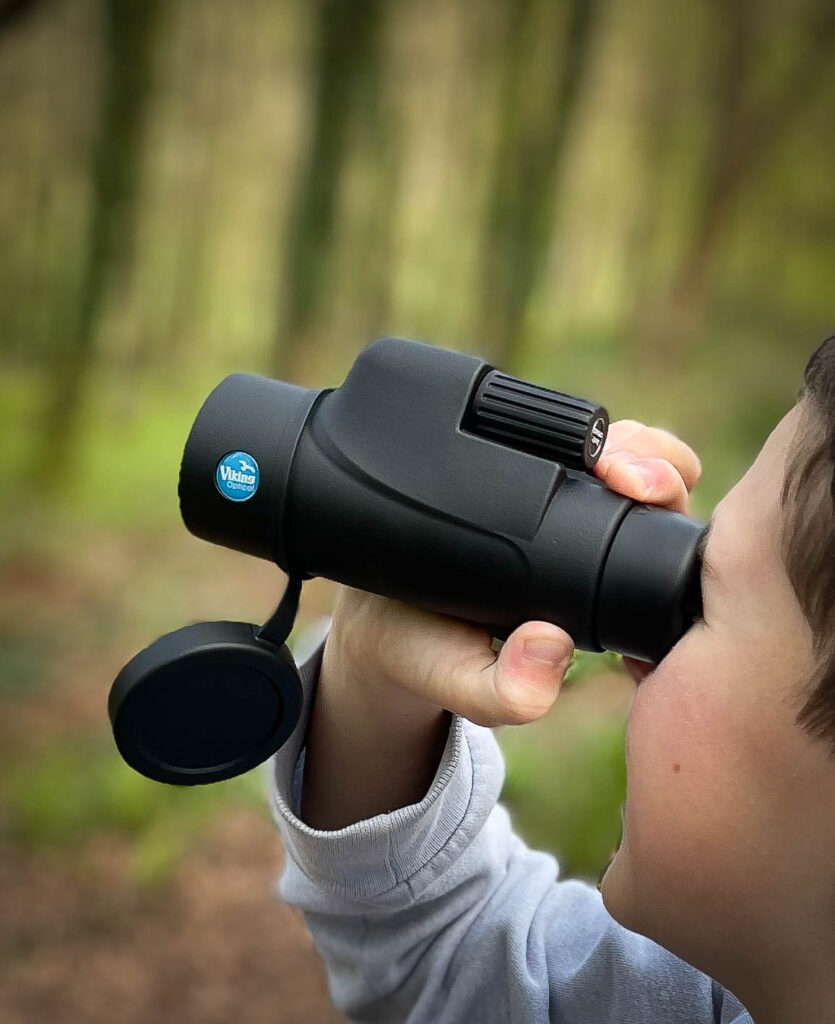
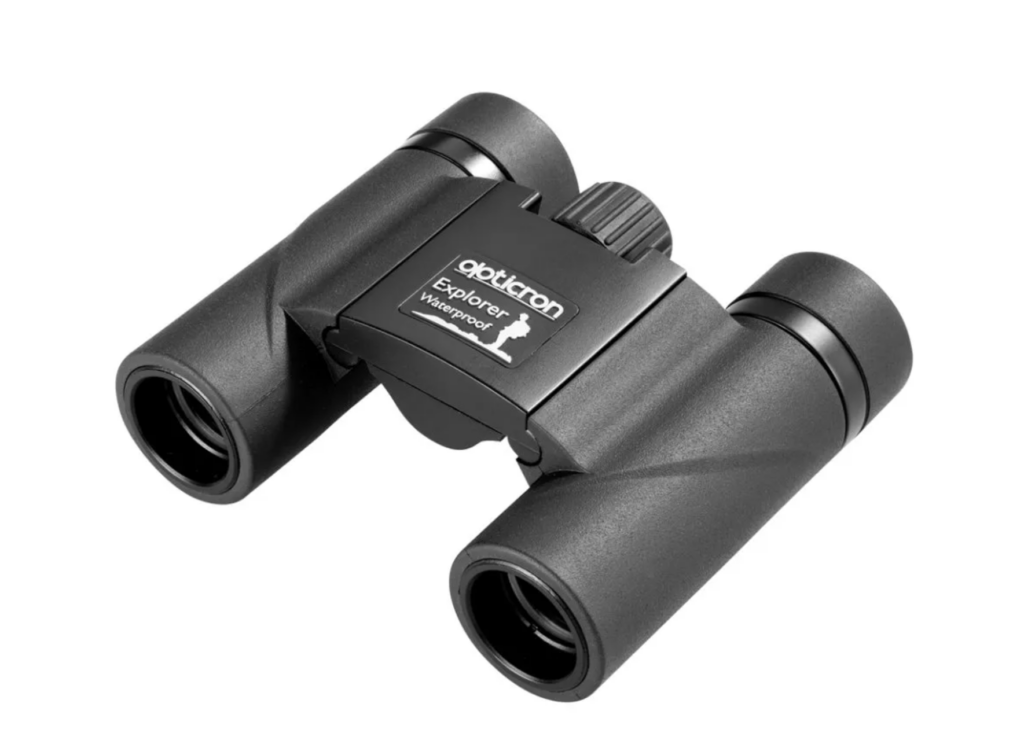
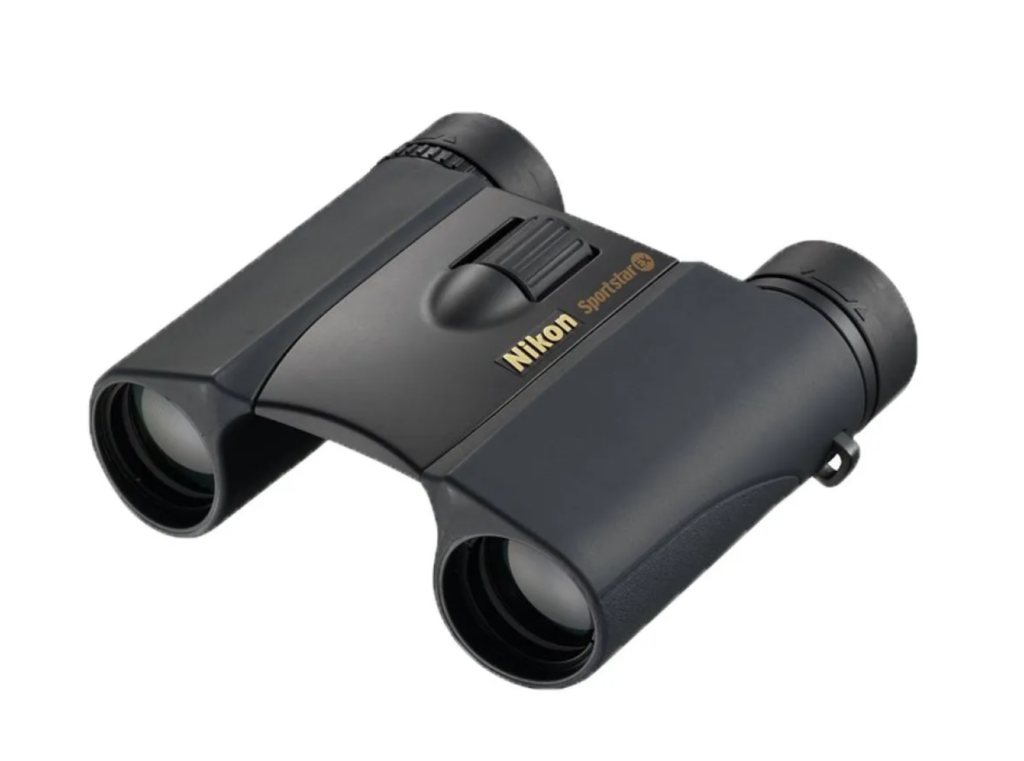
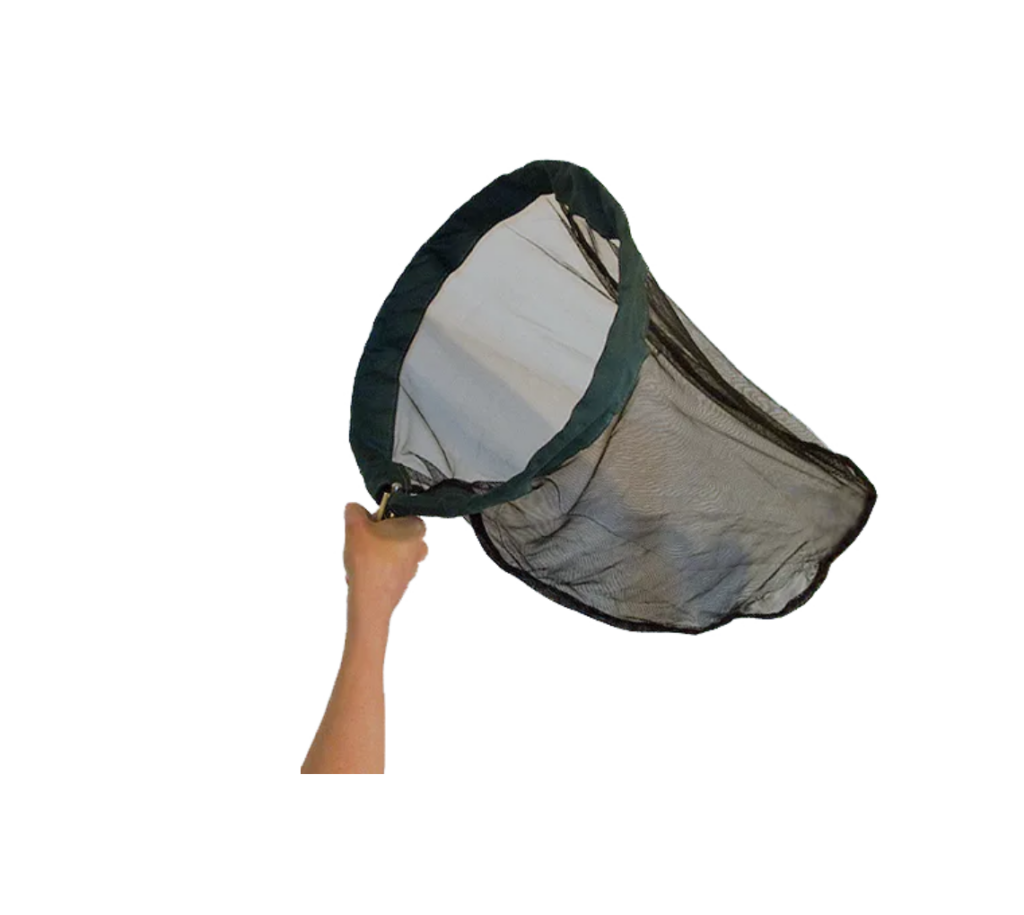
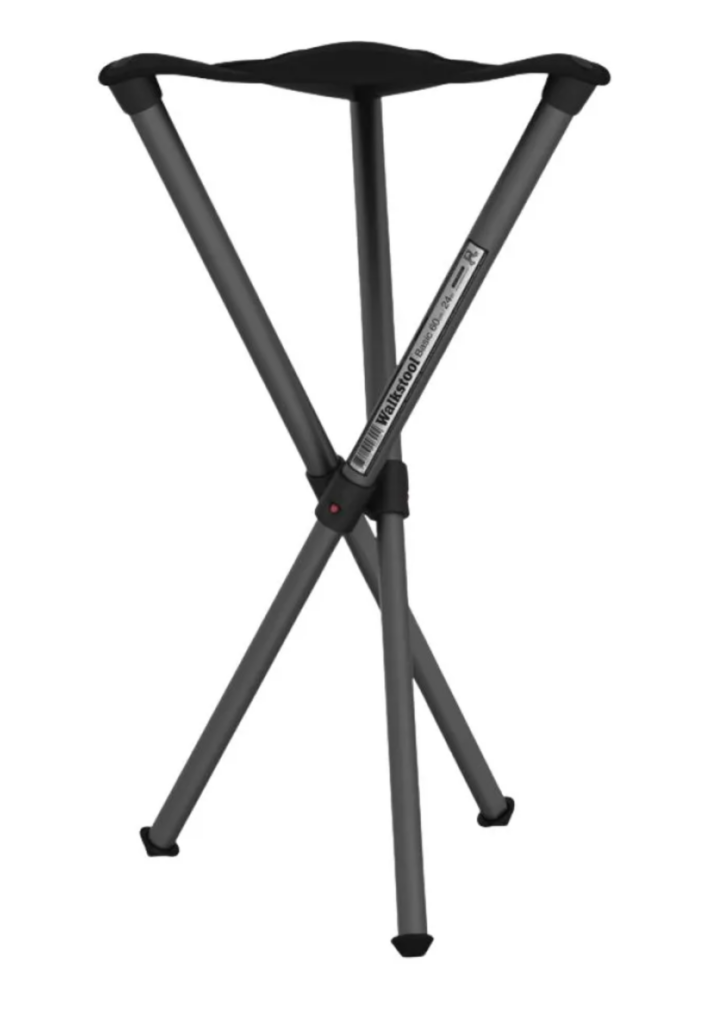
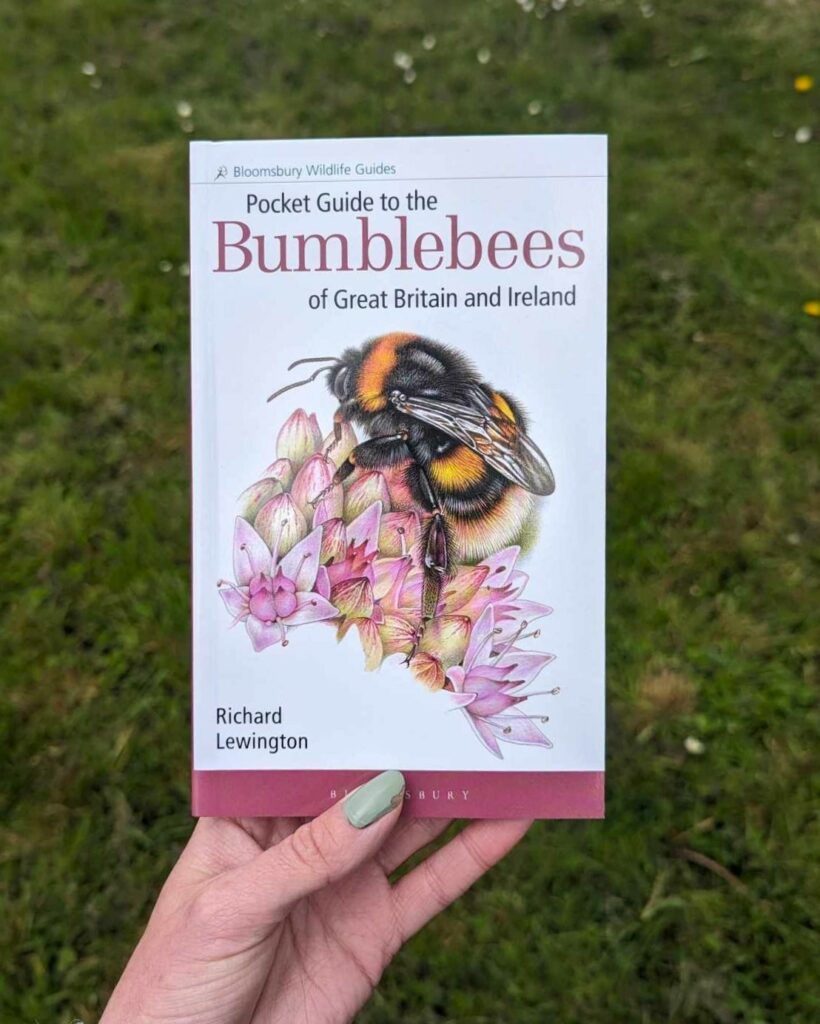
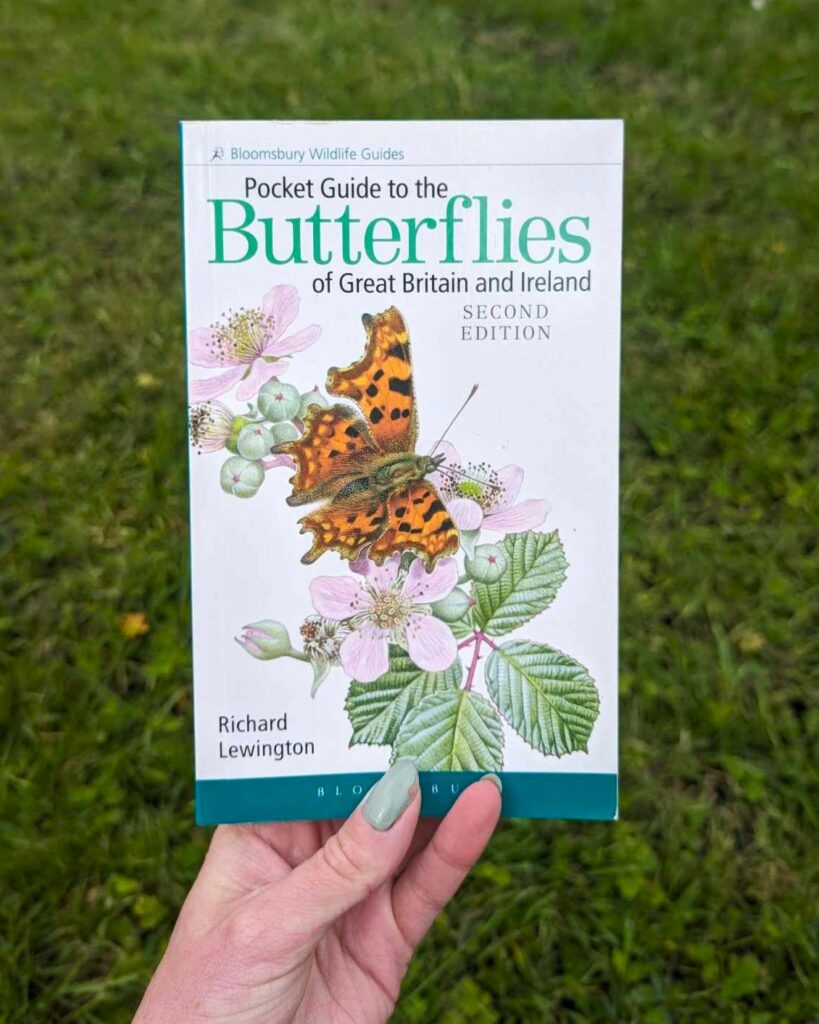
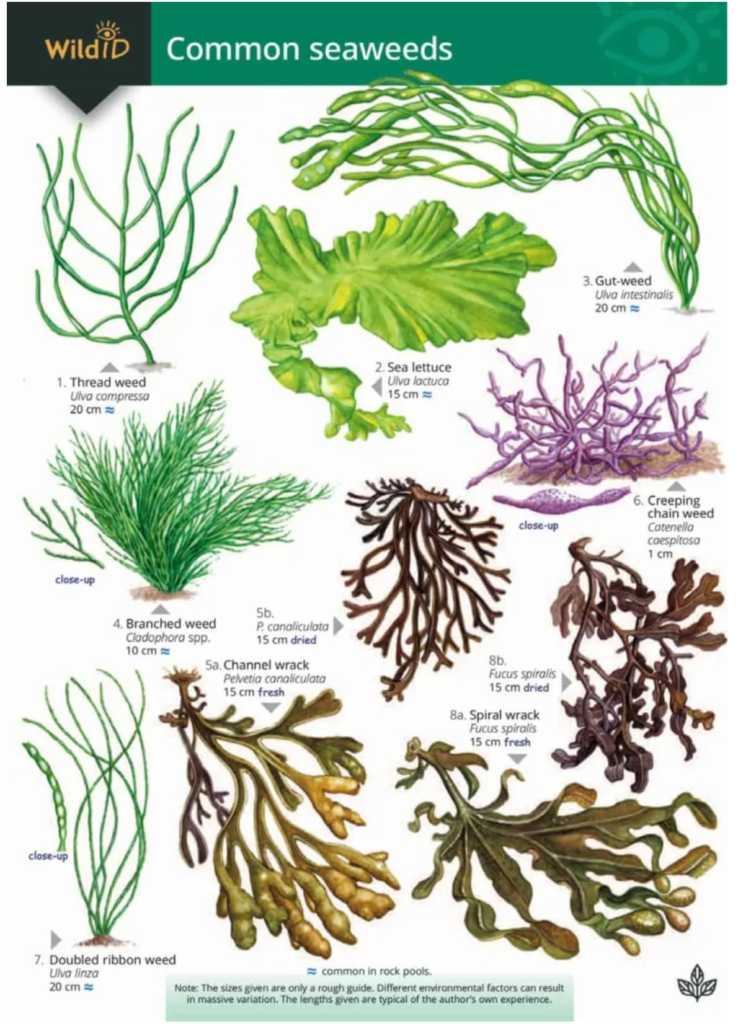
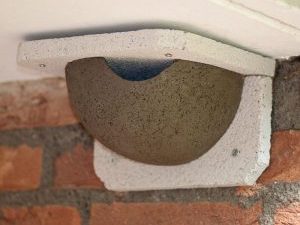
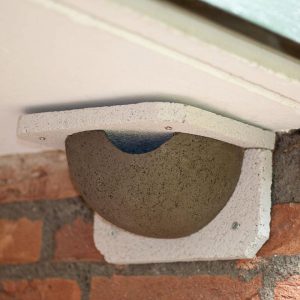
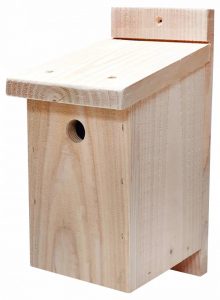
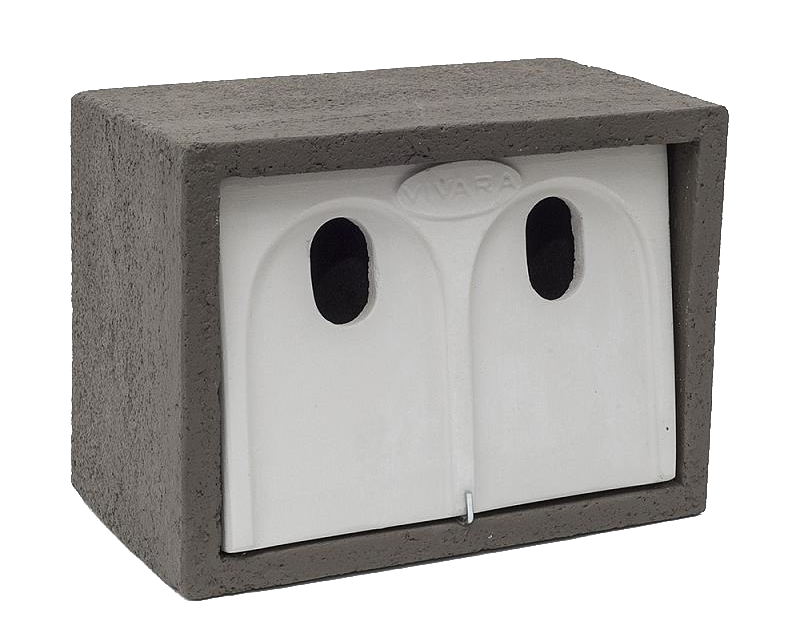
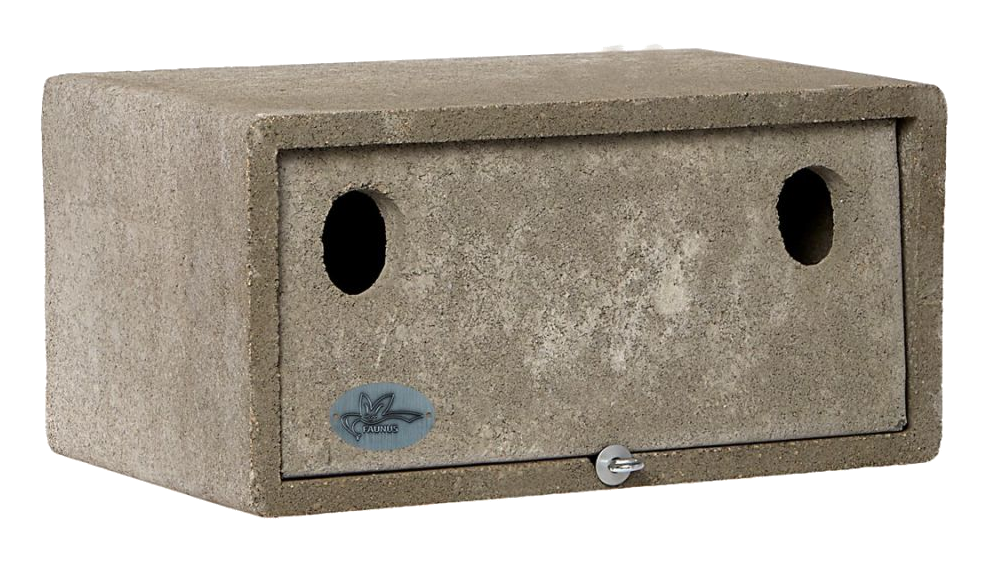

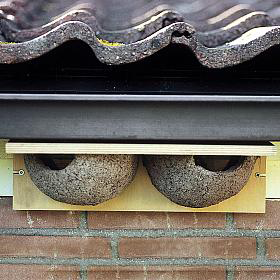
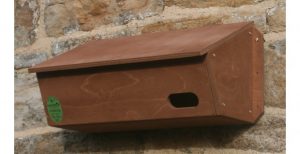
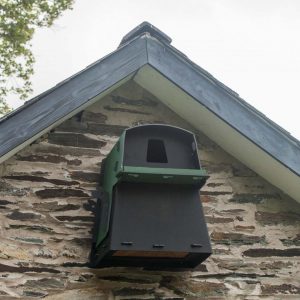
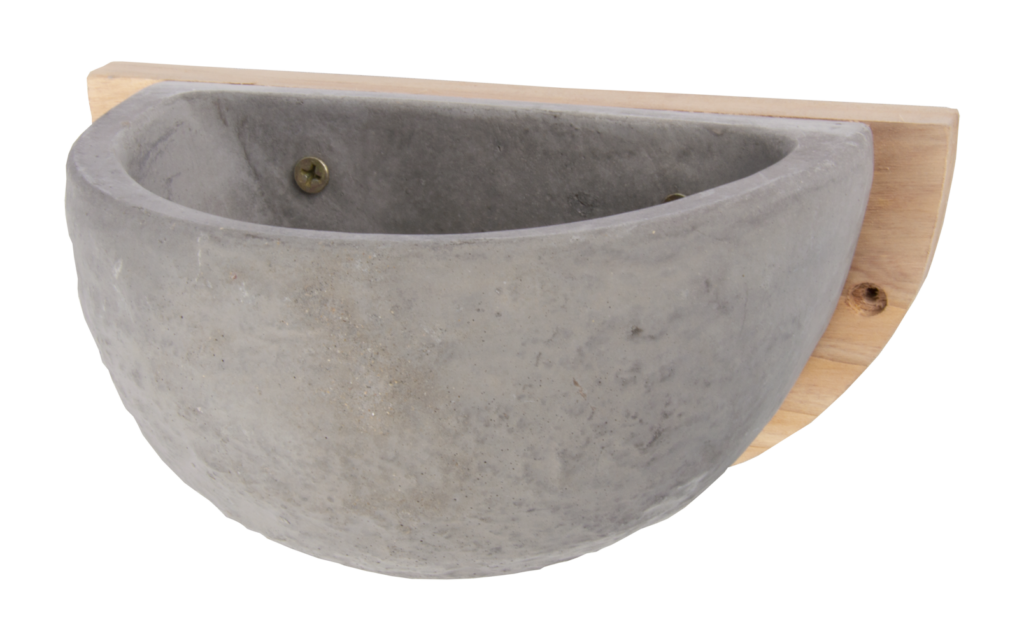
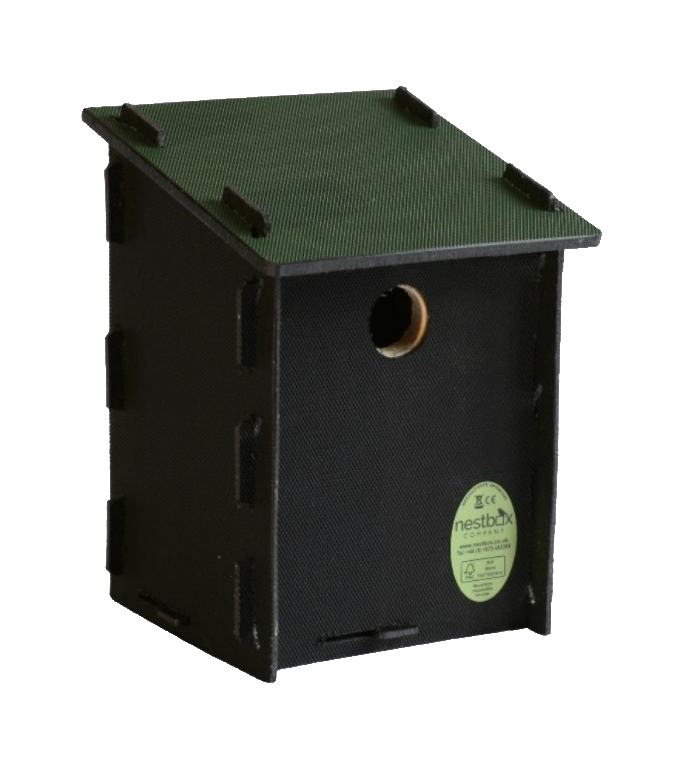
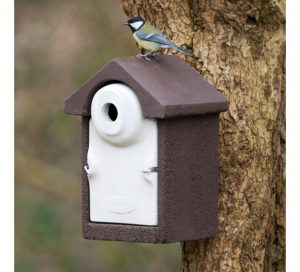
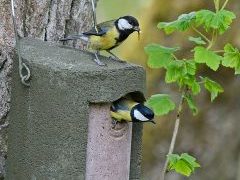
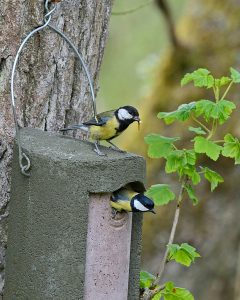
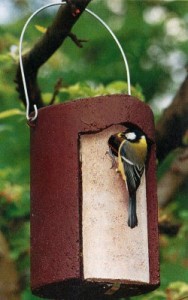
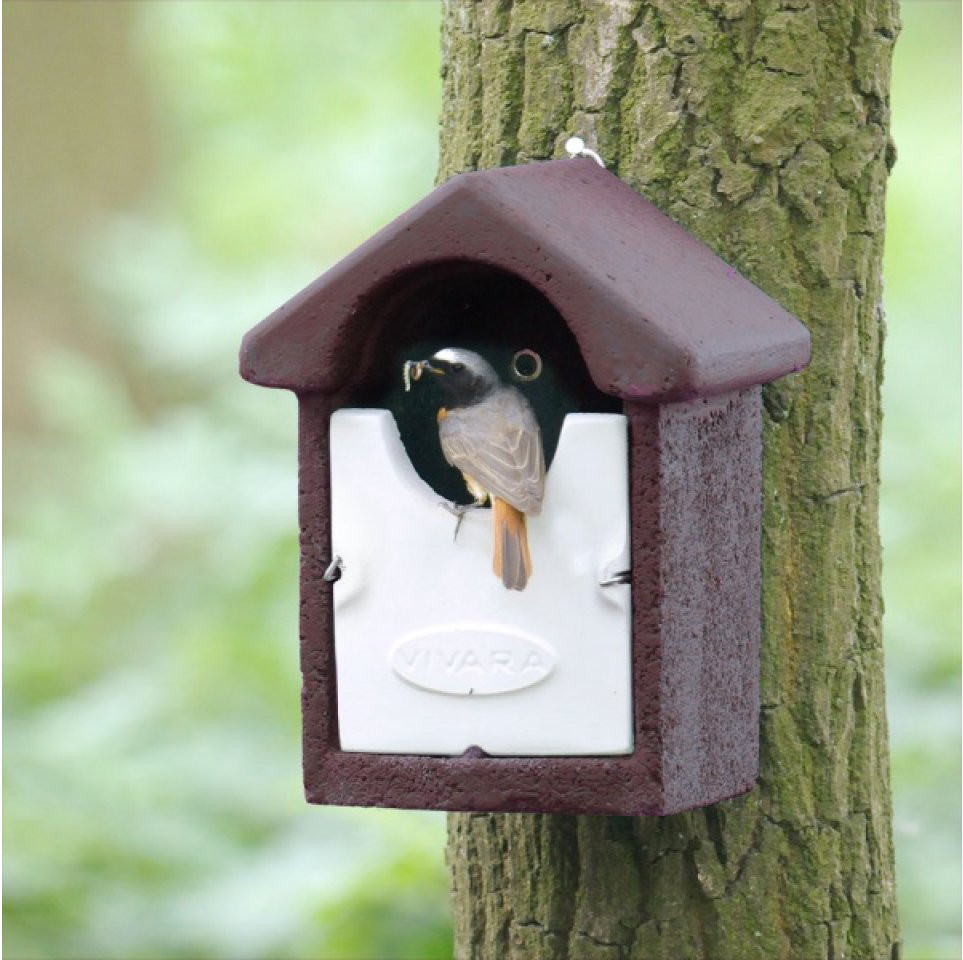
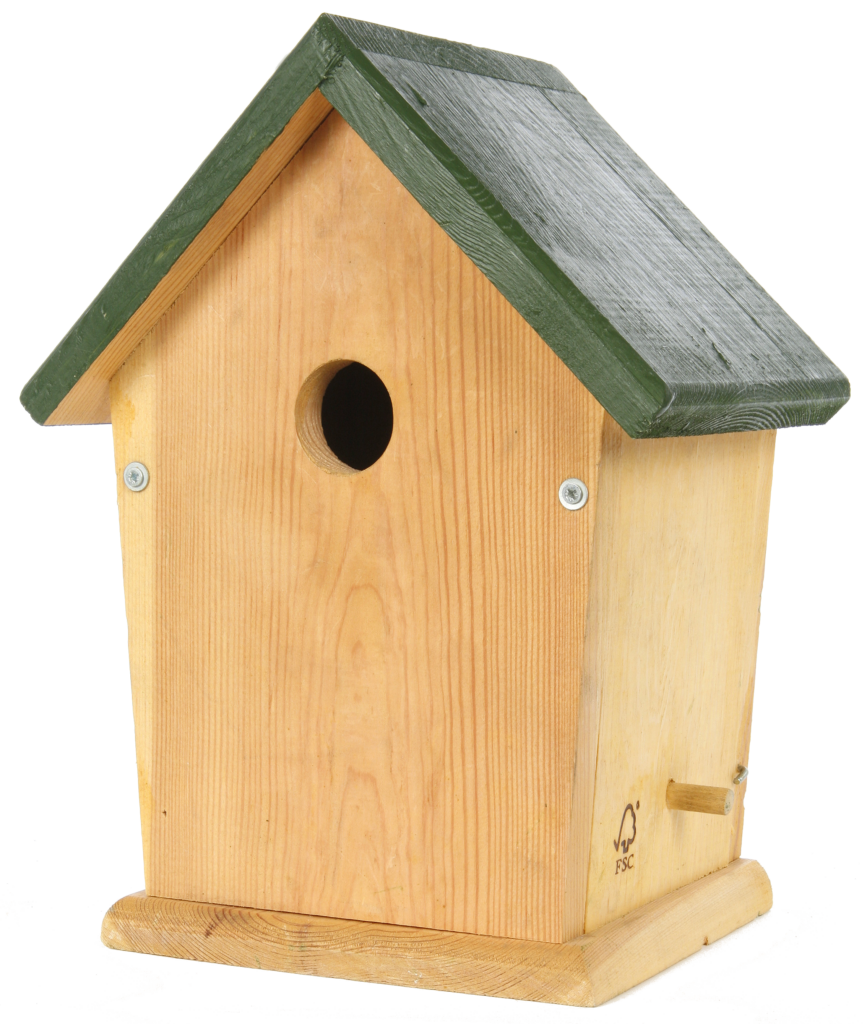


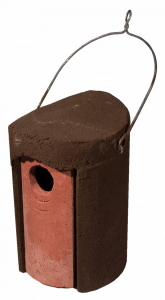
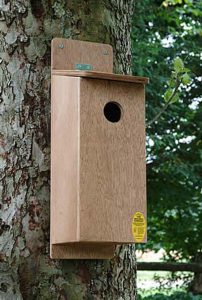
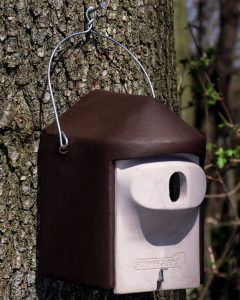
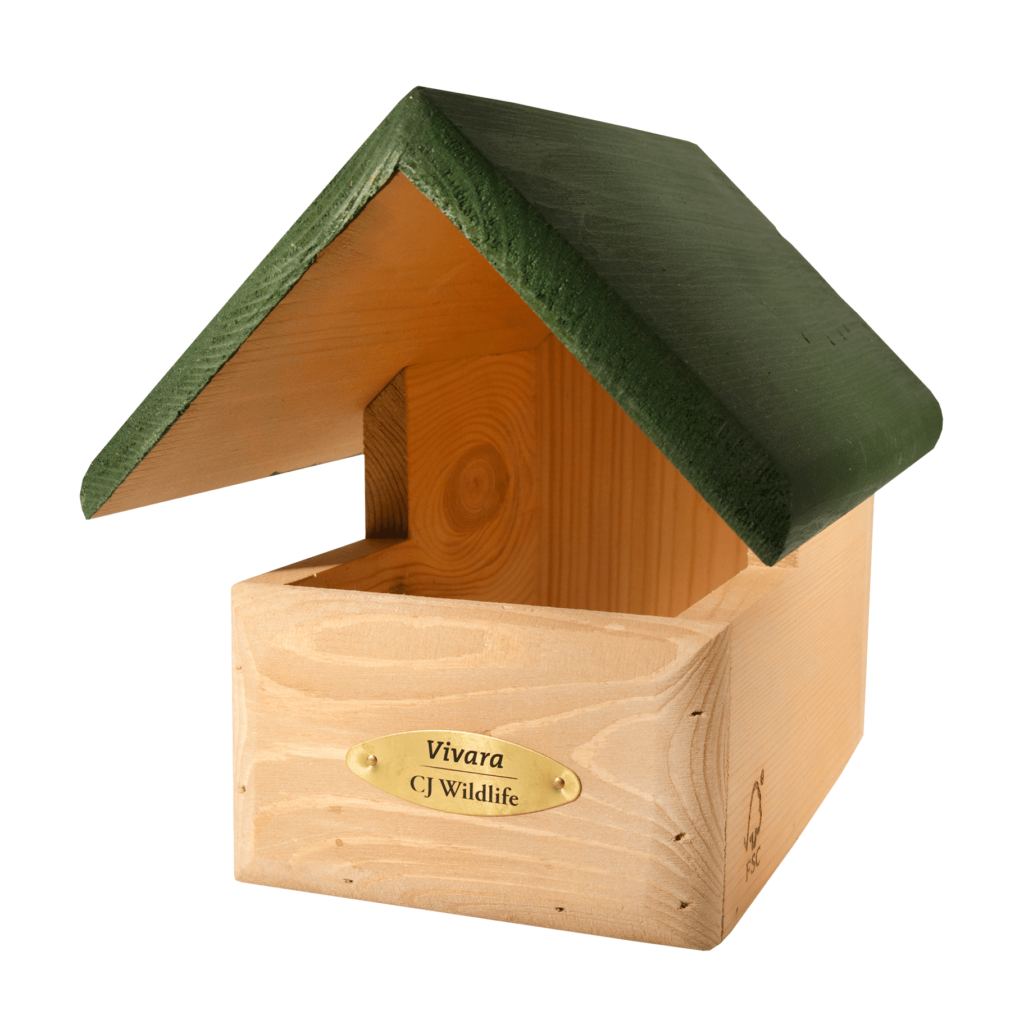
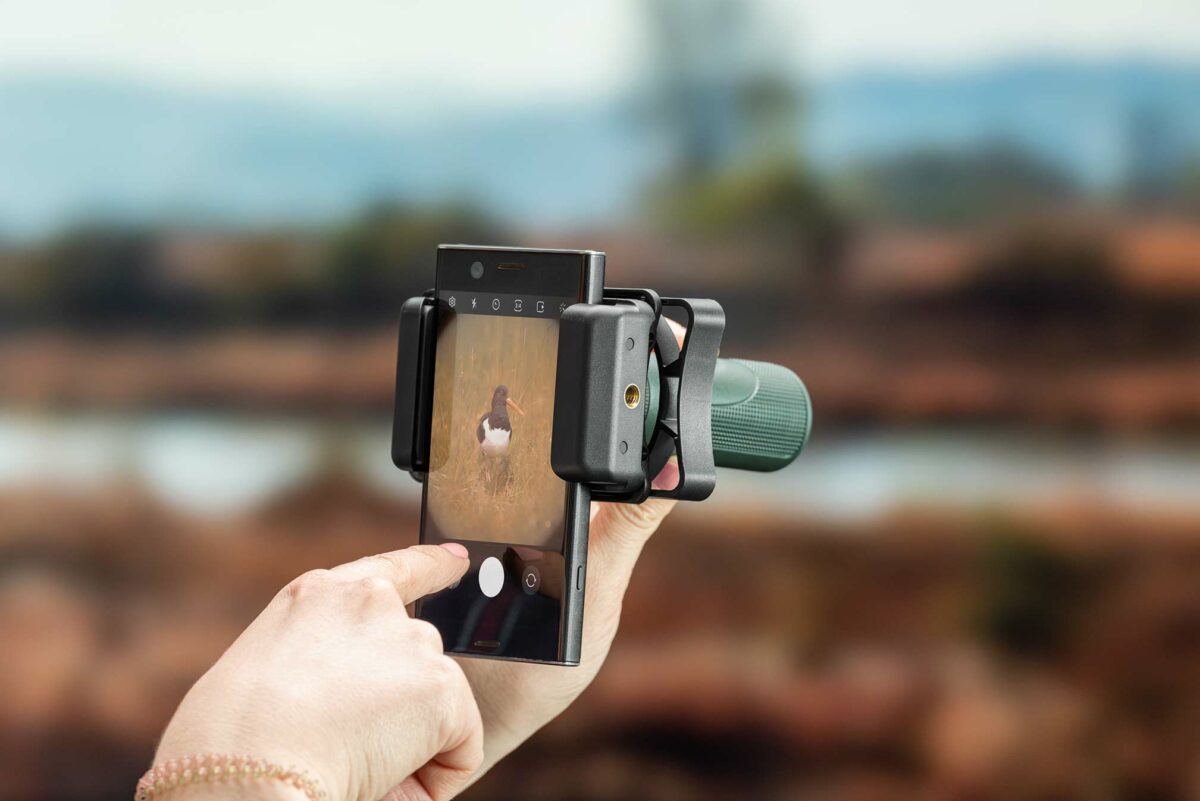
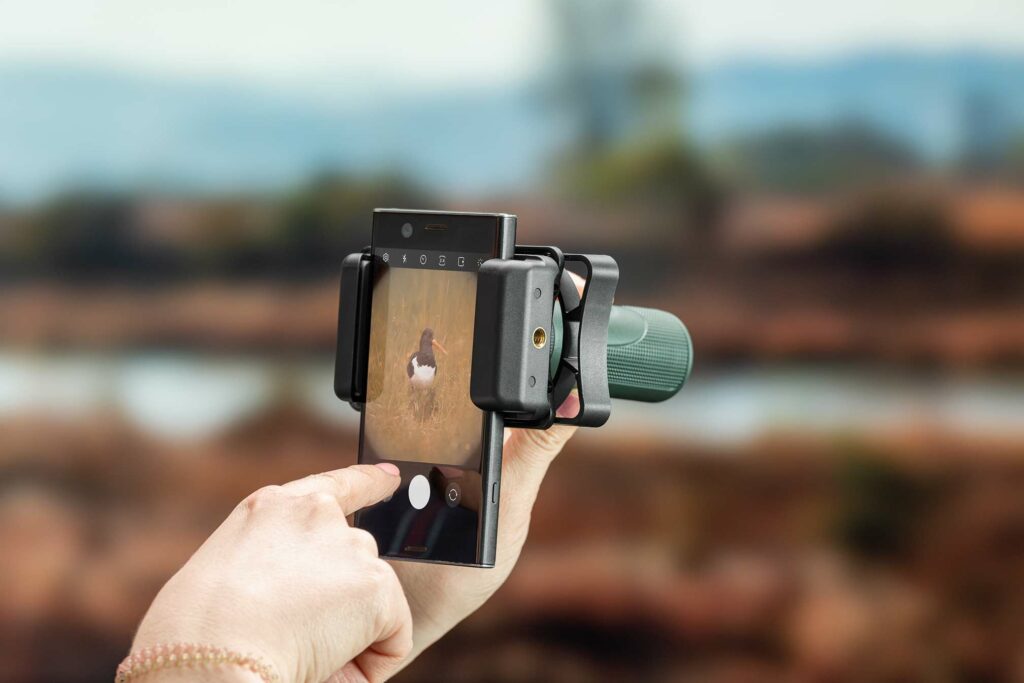
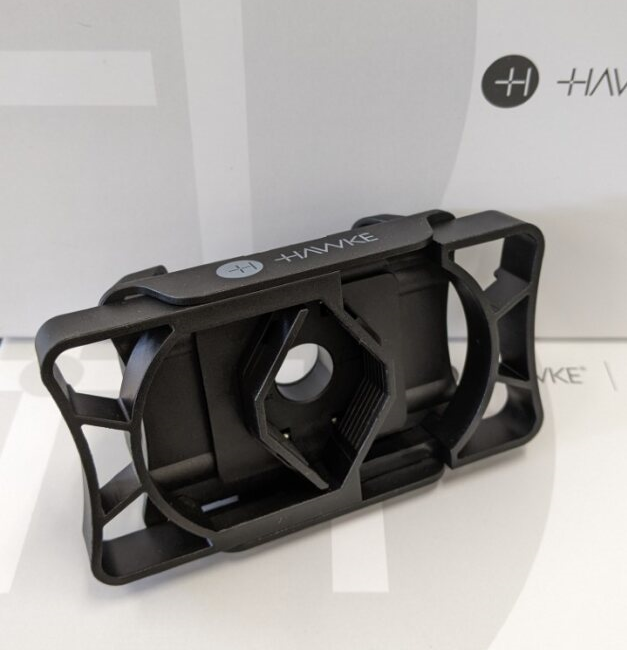
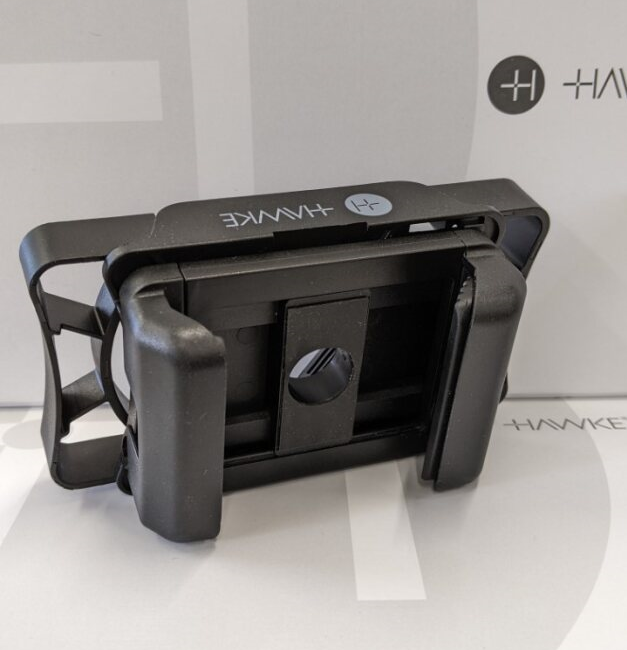
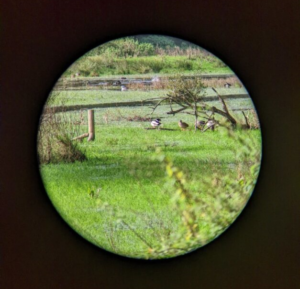
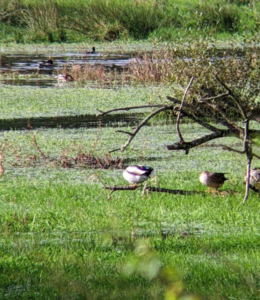
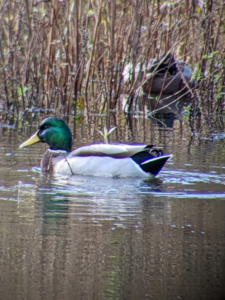
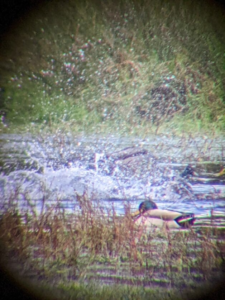
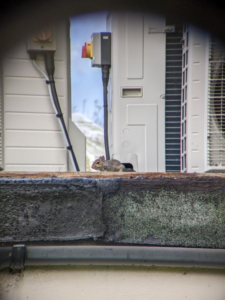
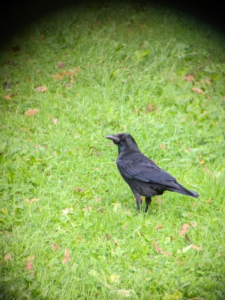

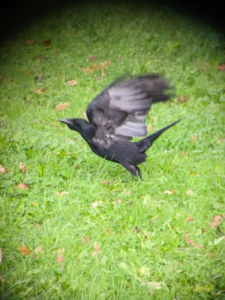
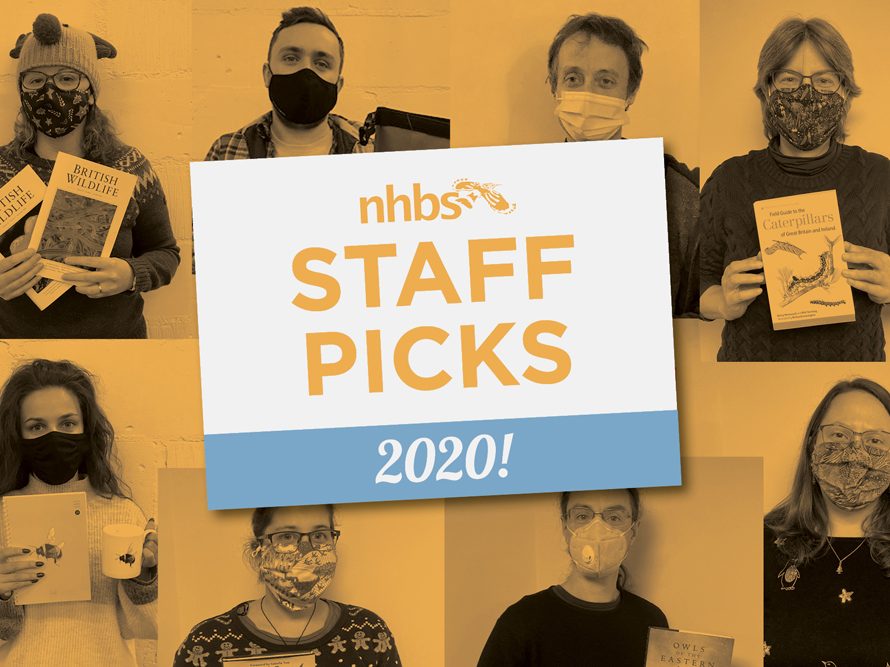
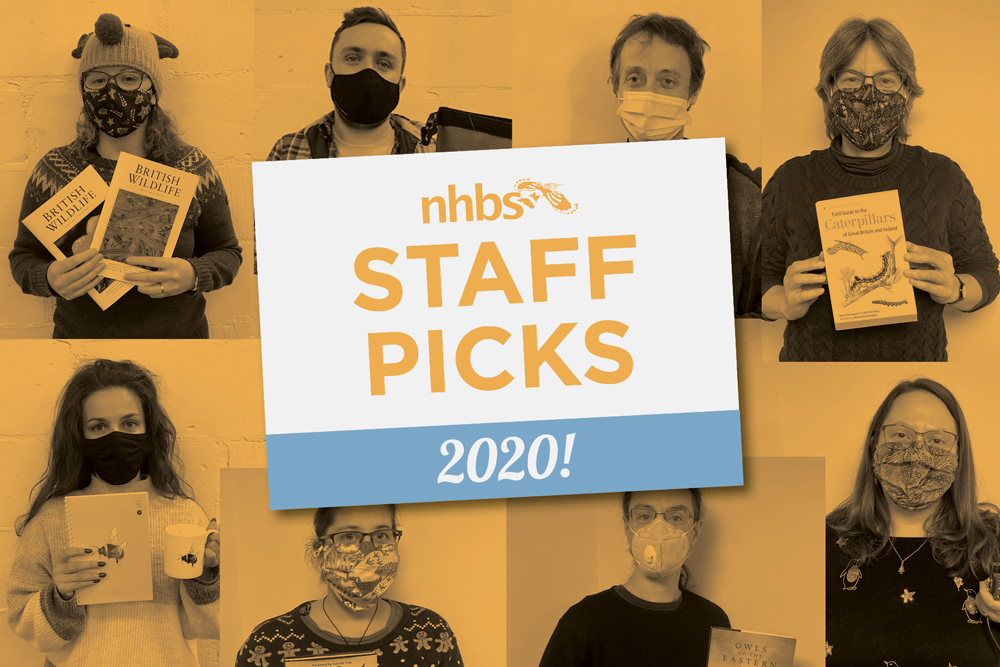


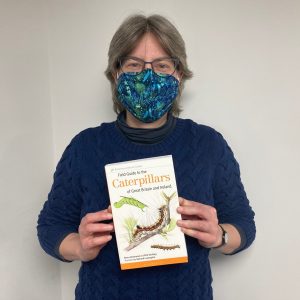 Field Guide to the Caterpillars of Great Britain and Ireland
Field Guide to the Caterpillars of Great Britain and Ireland


